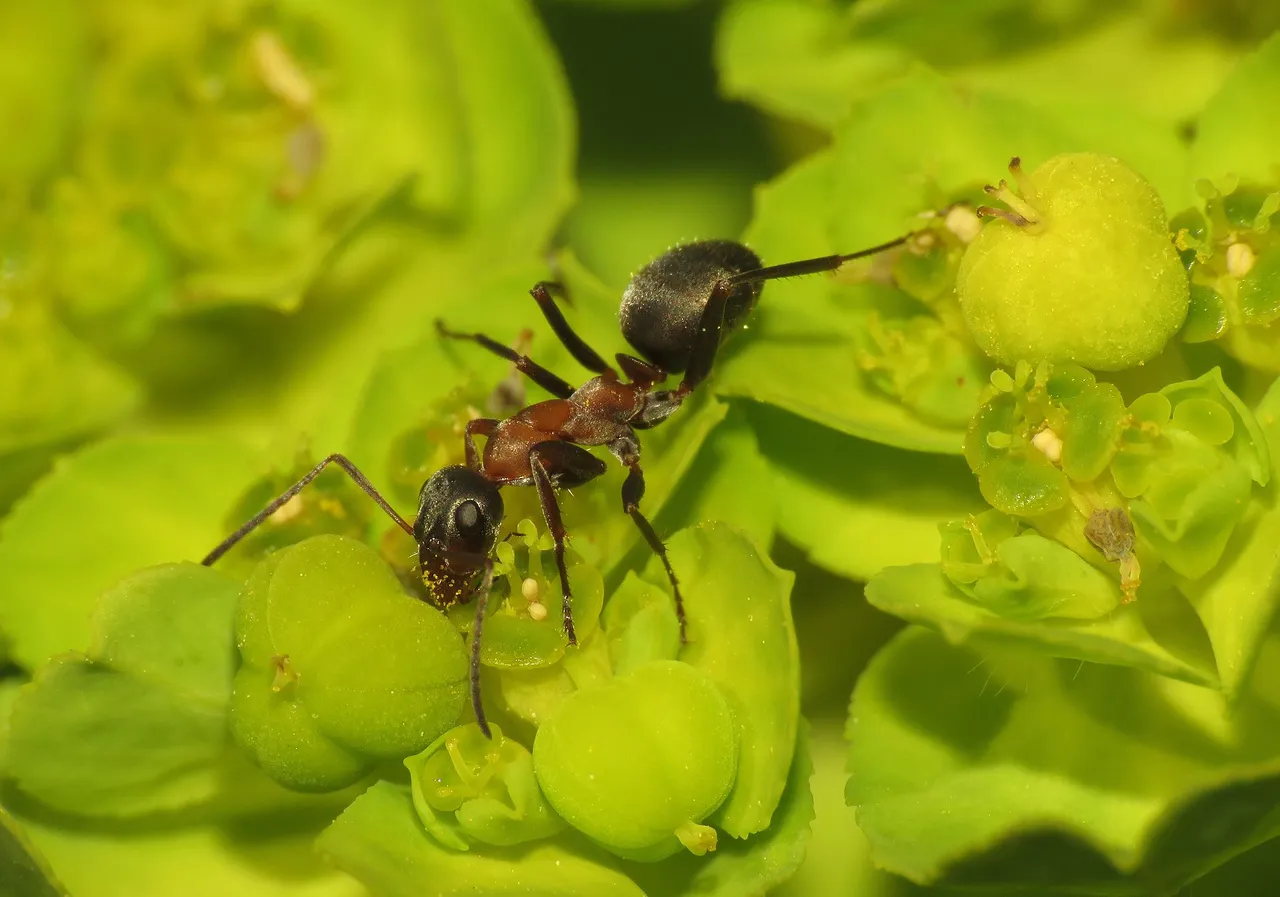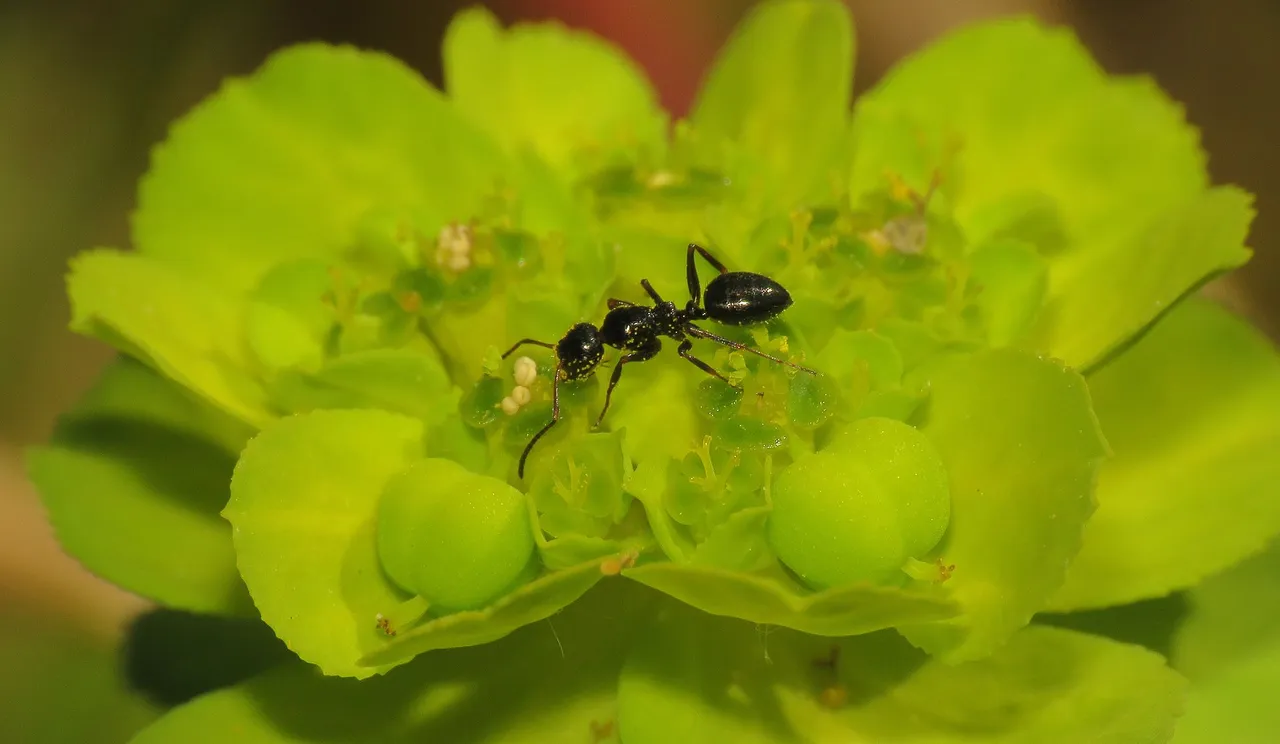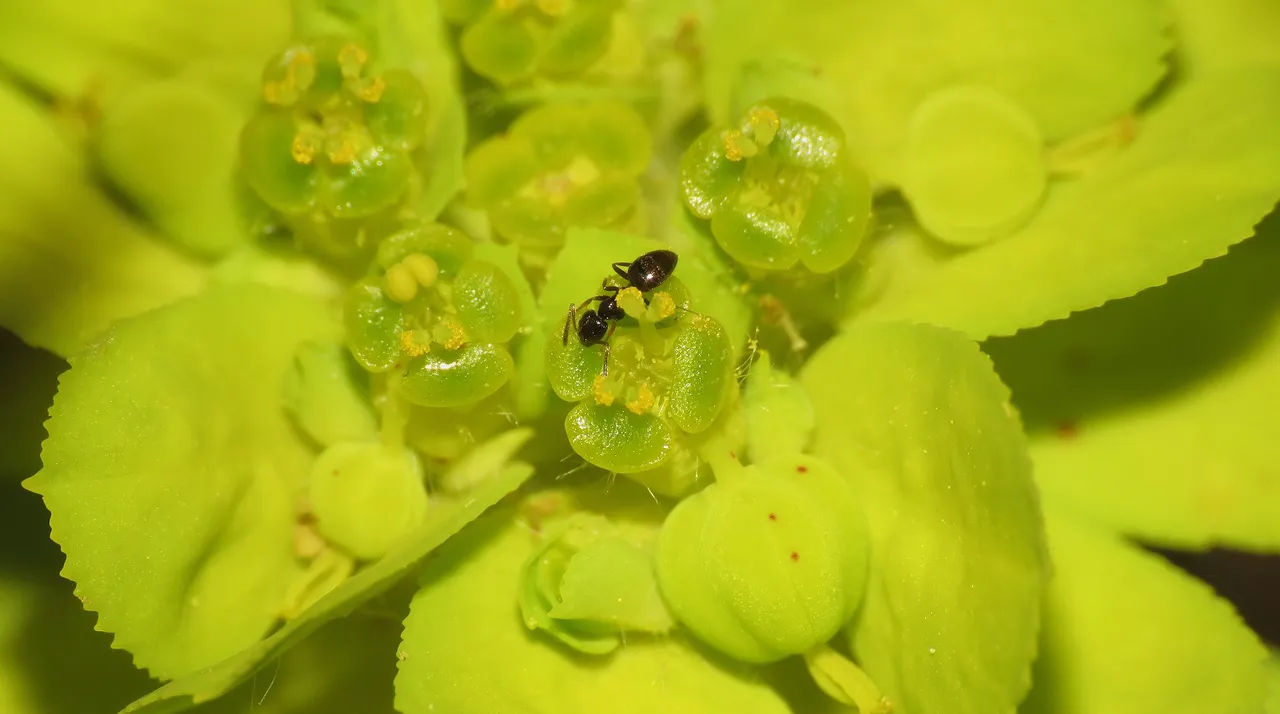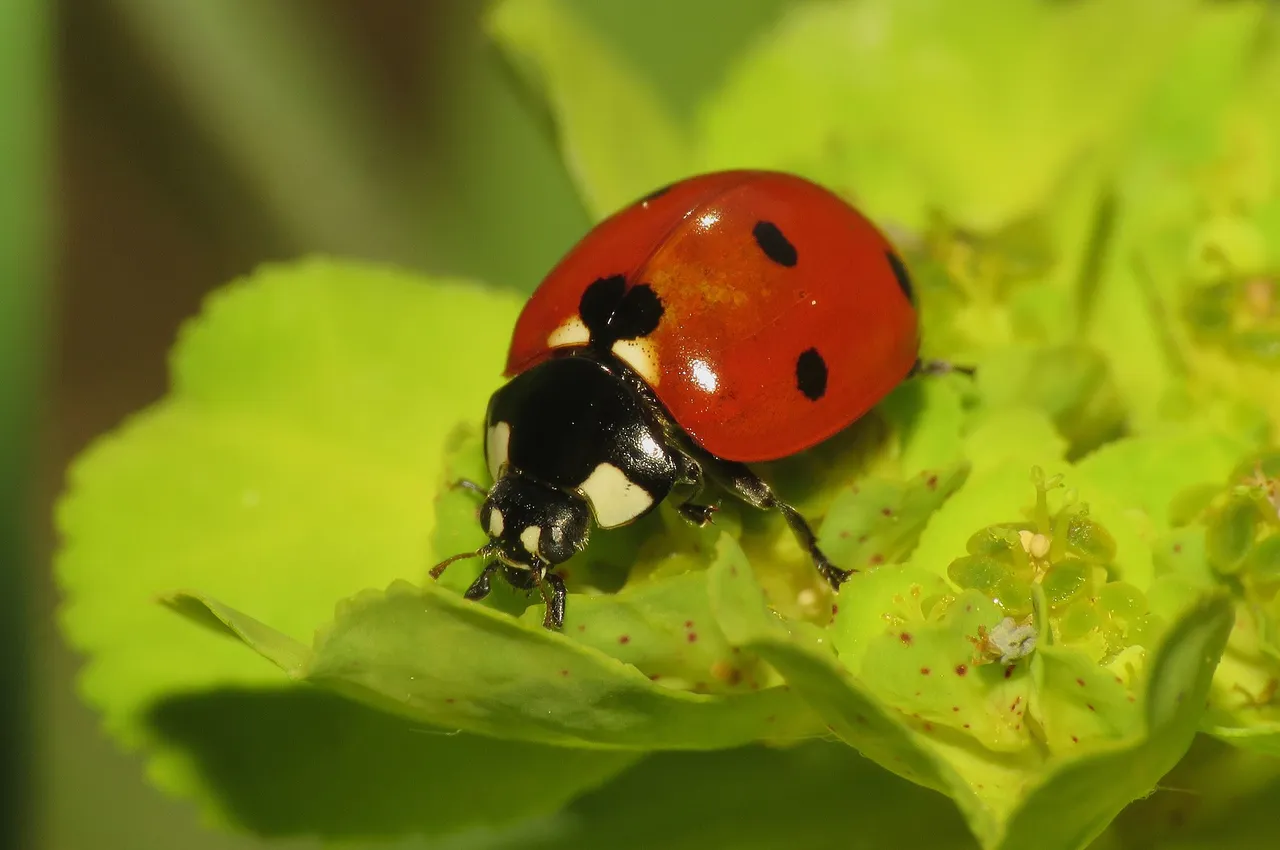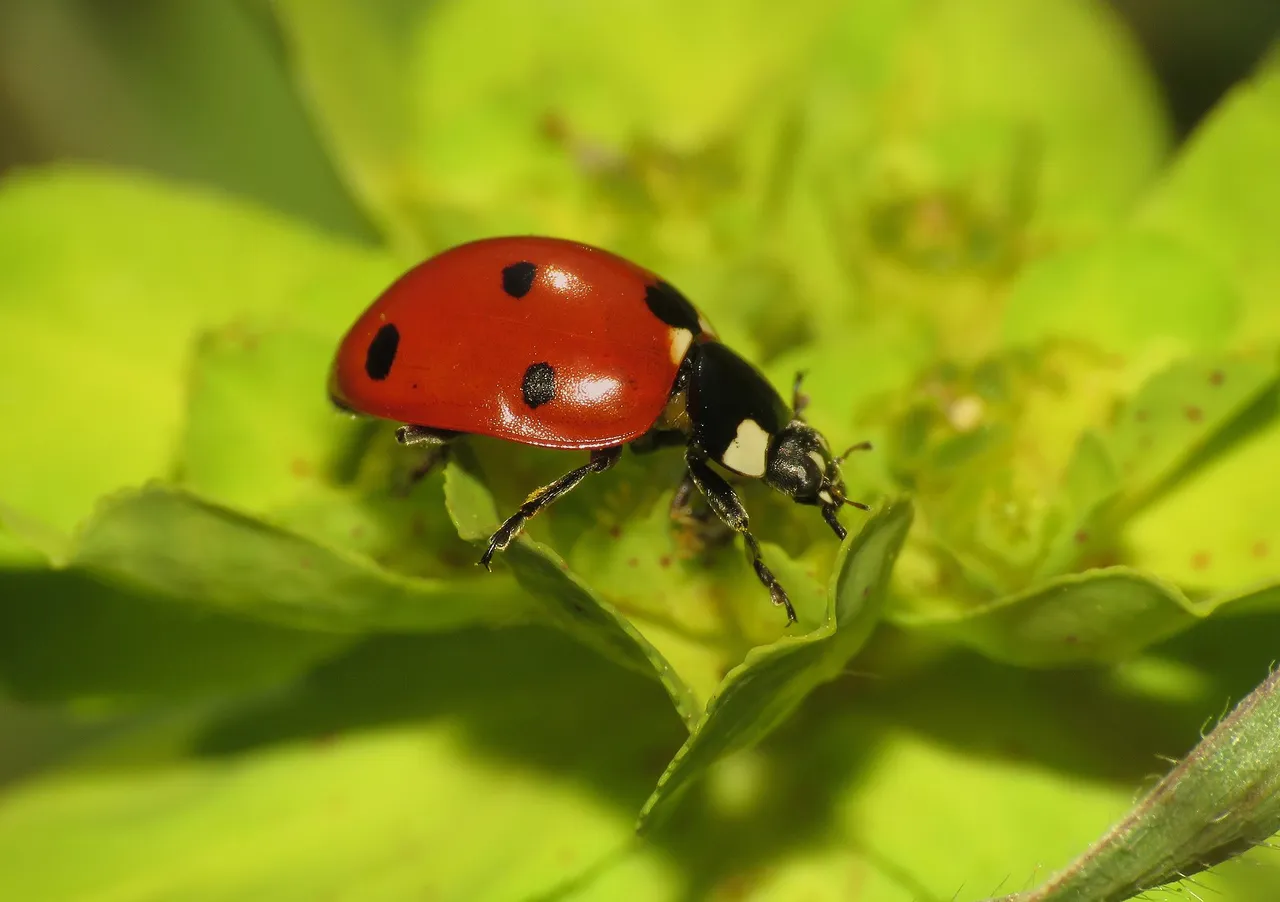The Agalenatea redii spider on the following shot ...
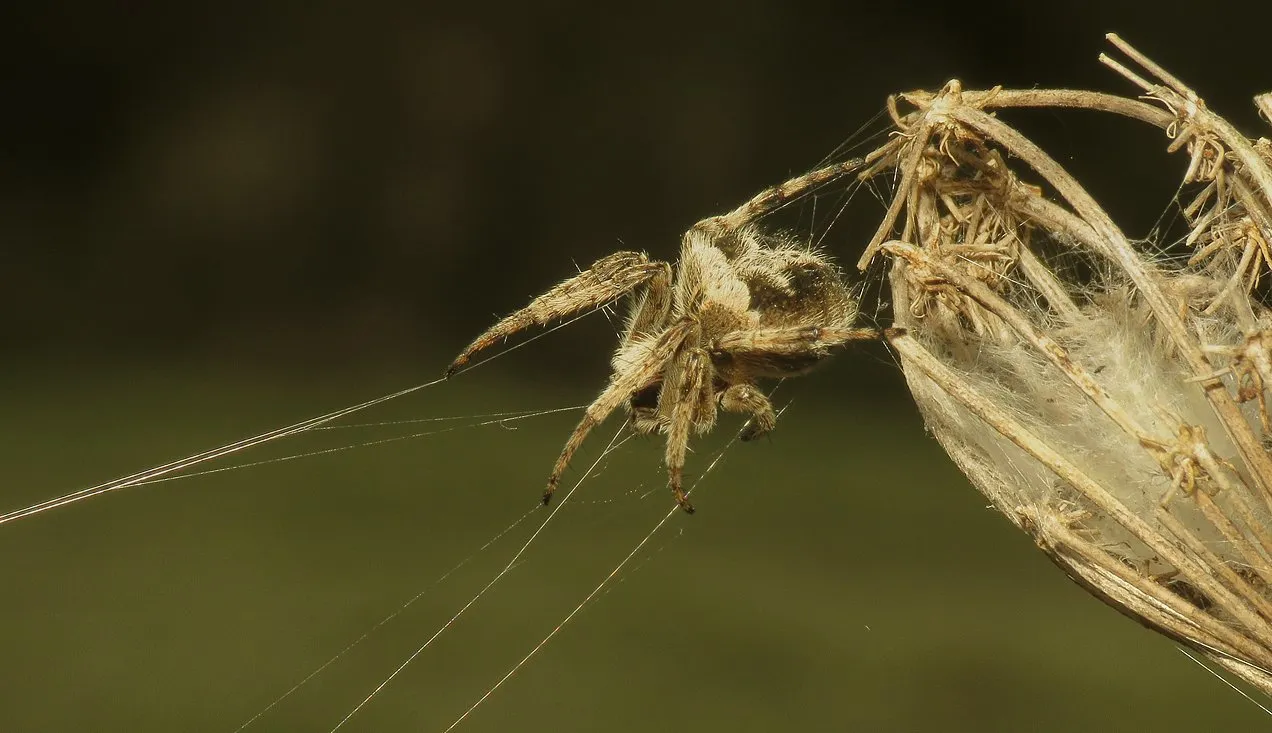
... is moving from the silky nest inside the seed caring structure of the old, dried out wild carrot plant ...
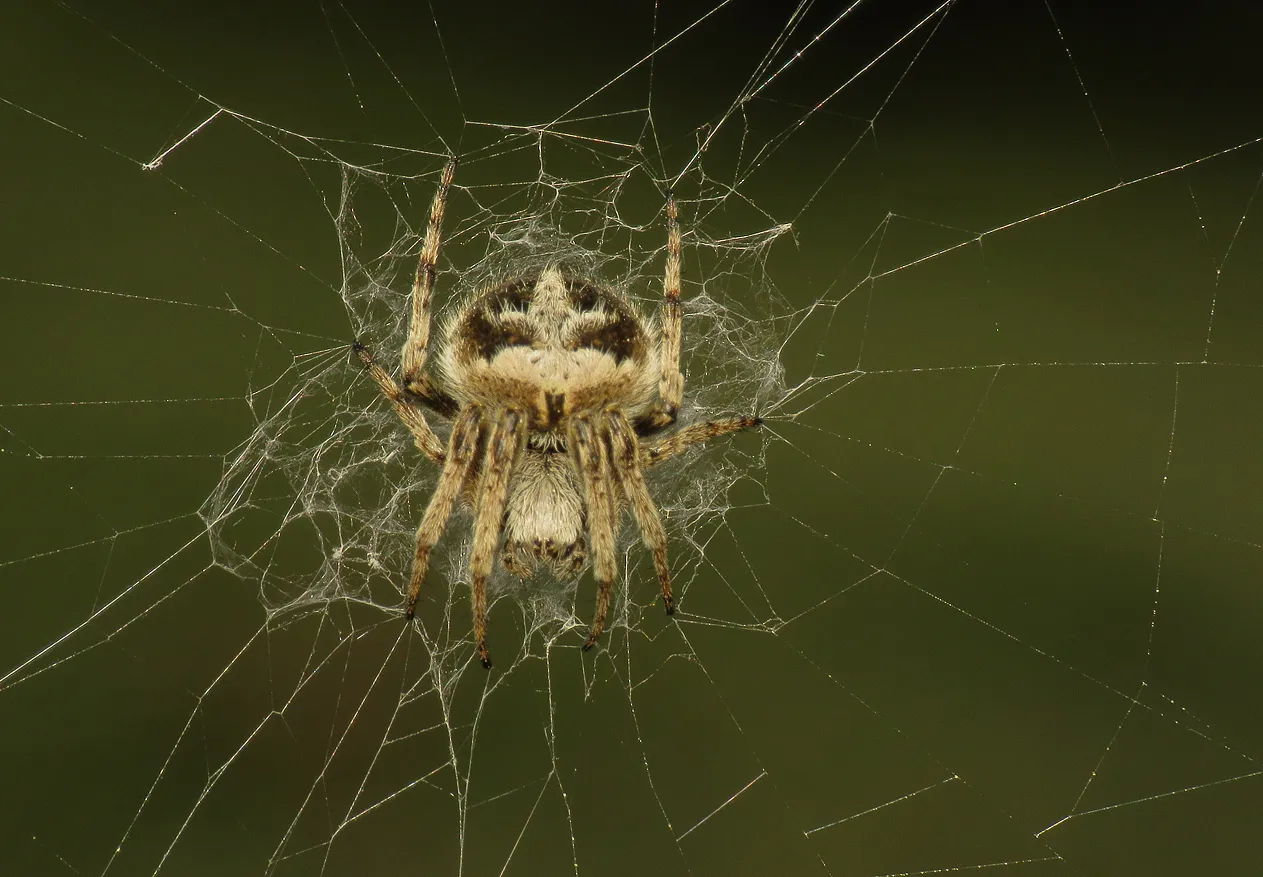
... to the center of his web, built between two relatively tall desiccated plants, on which this species easily disappears from sight due to its mimetic patterns and colors.
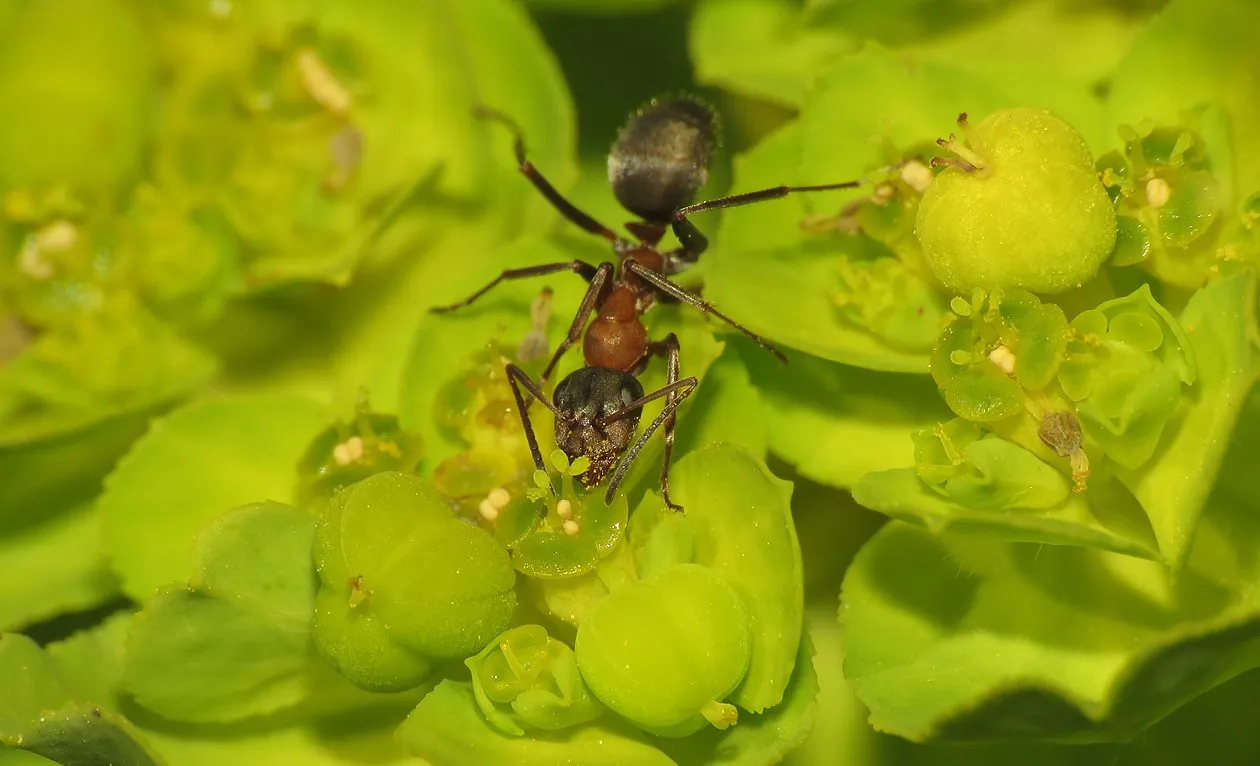
This ant ...
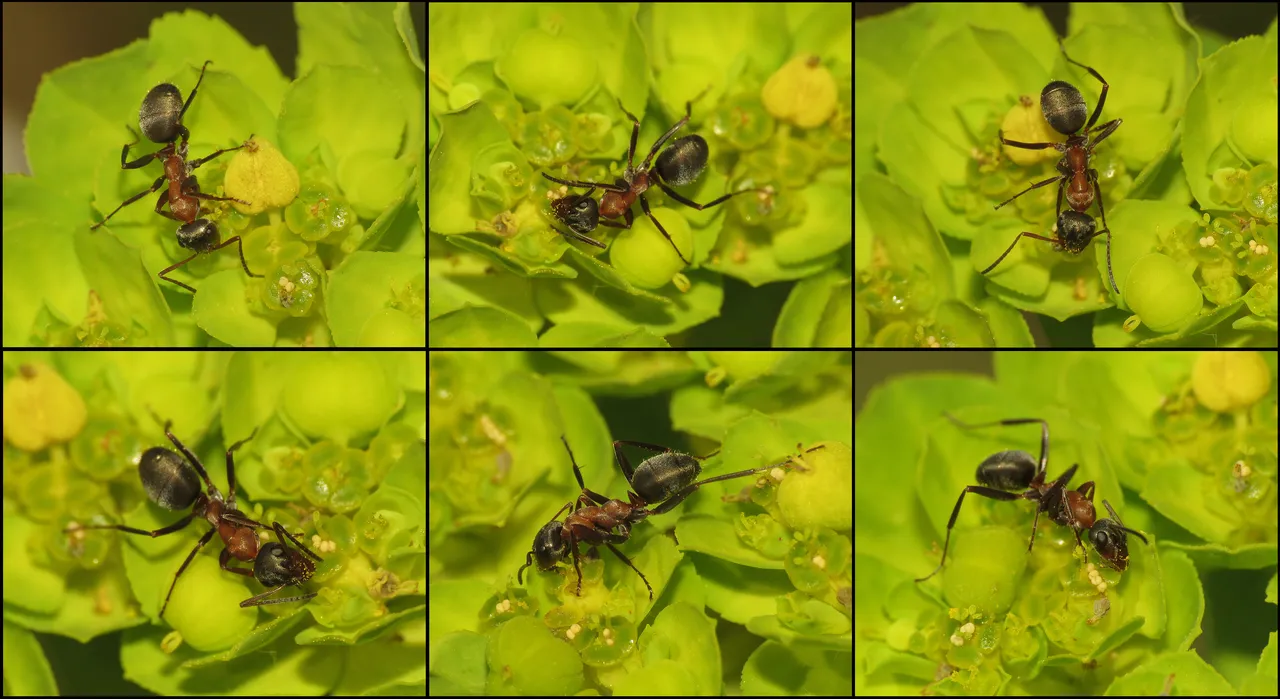
... the relatively big Formica exsecta worker ...
... is foraging for nectar on the rich pastures at the top of the Euphorbia helioscopia ...
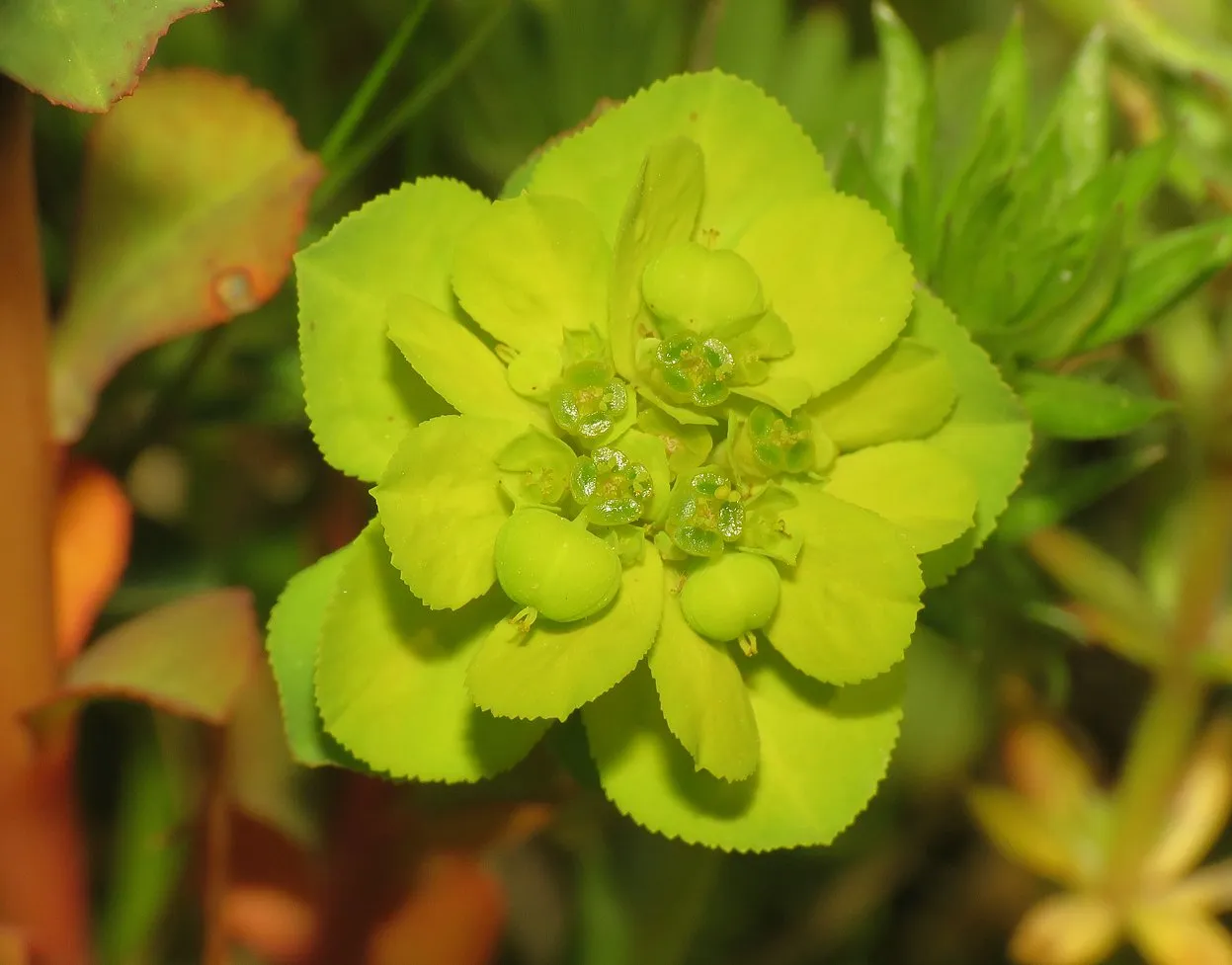
... the ant is exploring the tiny flowers of this interesting plant.
Quite a few ant species are visiting the flowering parts of the Euphorbia helioscopia. The Formica fusca on this photograph is considerably smaller than the previous species - Formica exsecta ... and the ant on the following shot ...
... the Crematogaster auberti - is absolutely minuscule, it looks like some flea, or something like that, from a distance ...
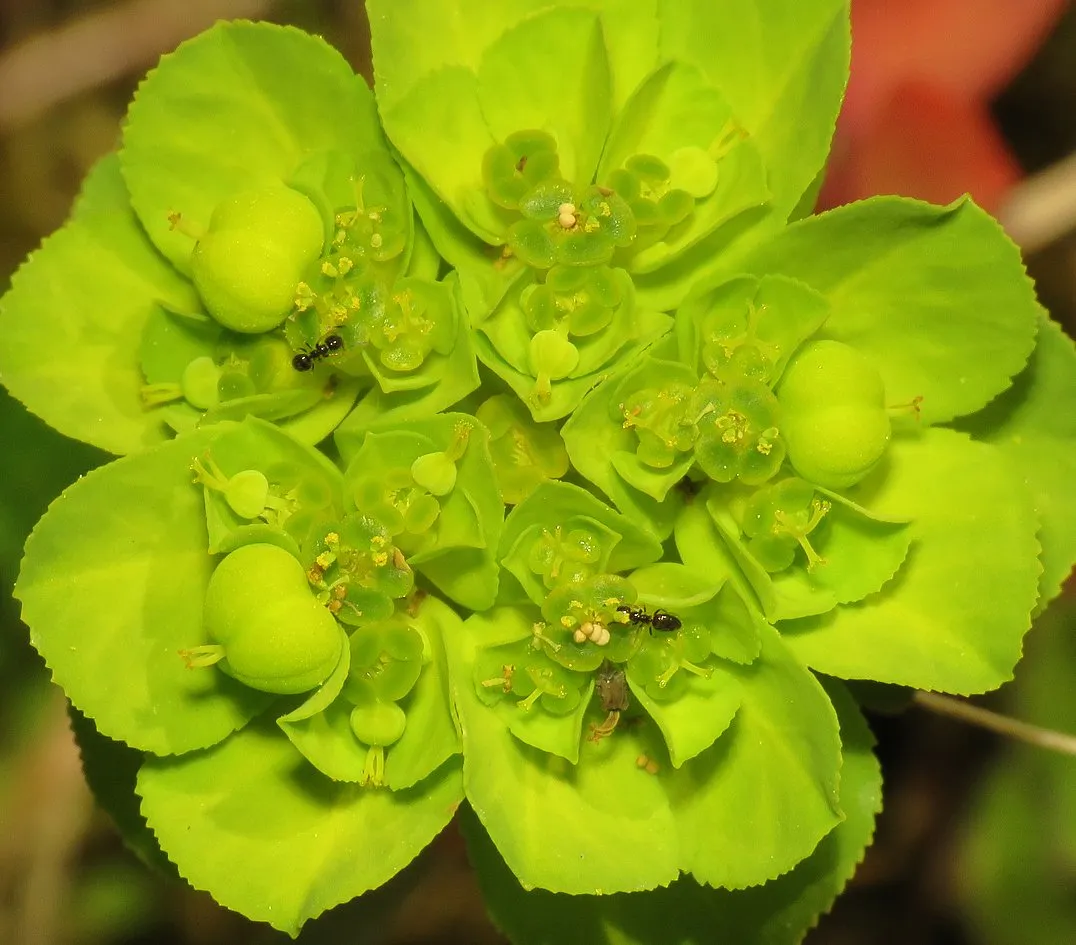
... here you can see two of those ants exploring the tiny flowers ... that can look much bigger than usual, compared to the minuscule insects. These ants can look like fleas from a proper distance only because of their size ... while the beetle on the following shot ...
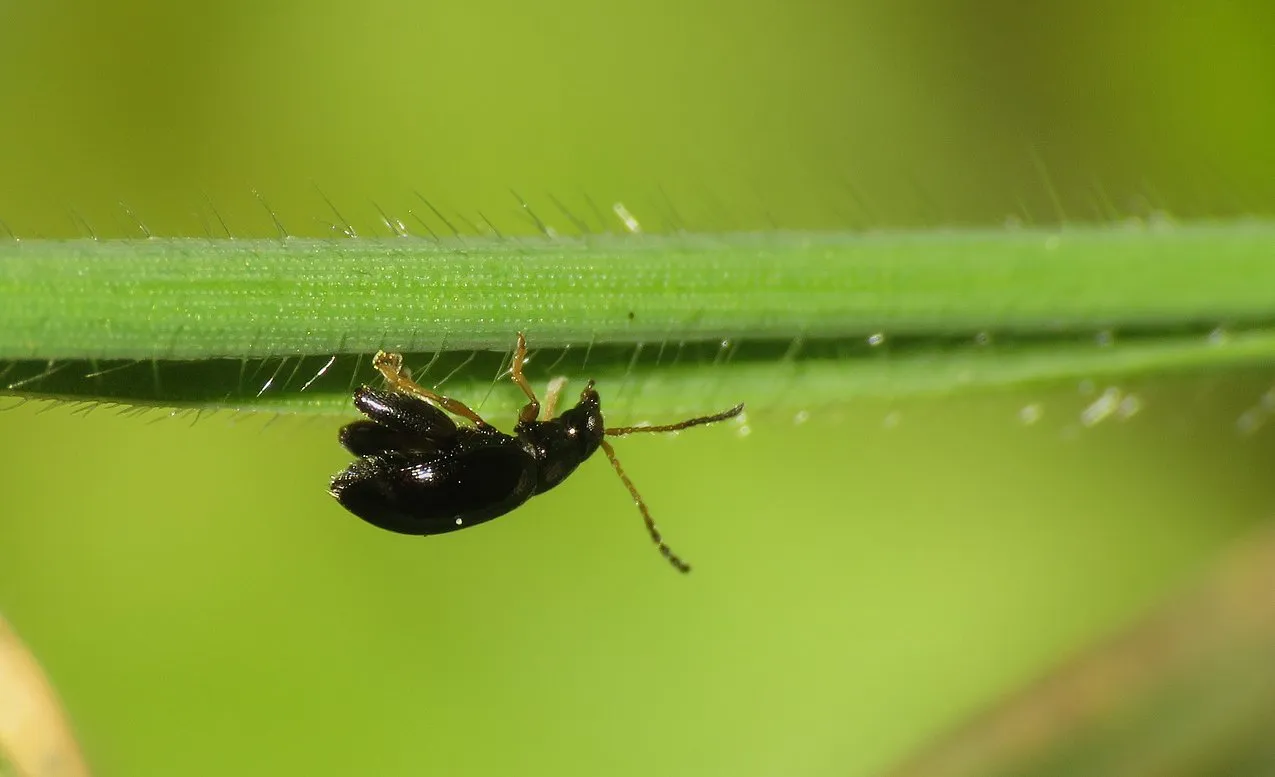
... not only is just slightly bigger than a flea ...
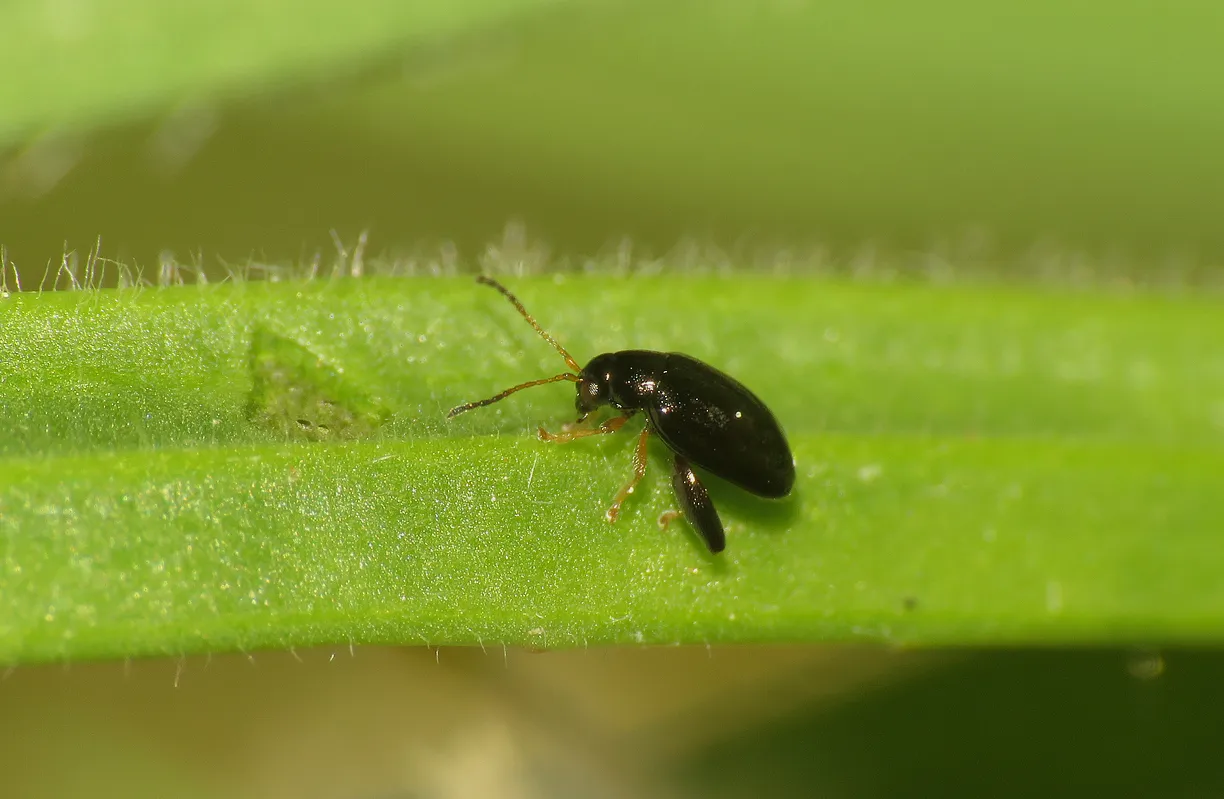
... but also jumps like flea. Its hind legs are much bigger and stronger than the other two pairs of legs and can catapult the insect very high and far. Quite a few similar species of these jumping leaf beetles are present in the area ... this is probably the Longitarsus anchusae.
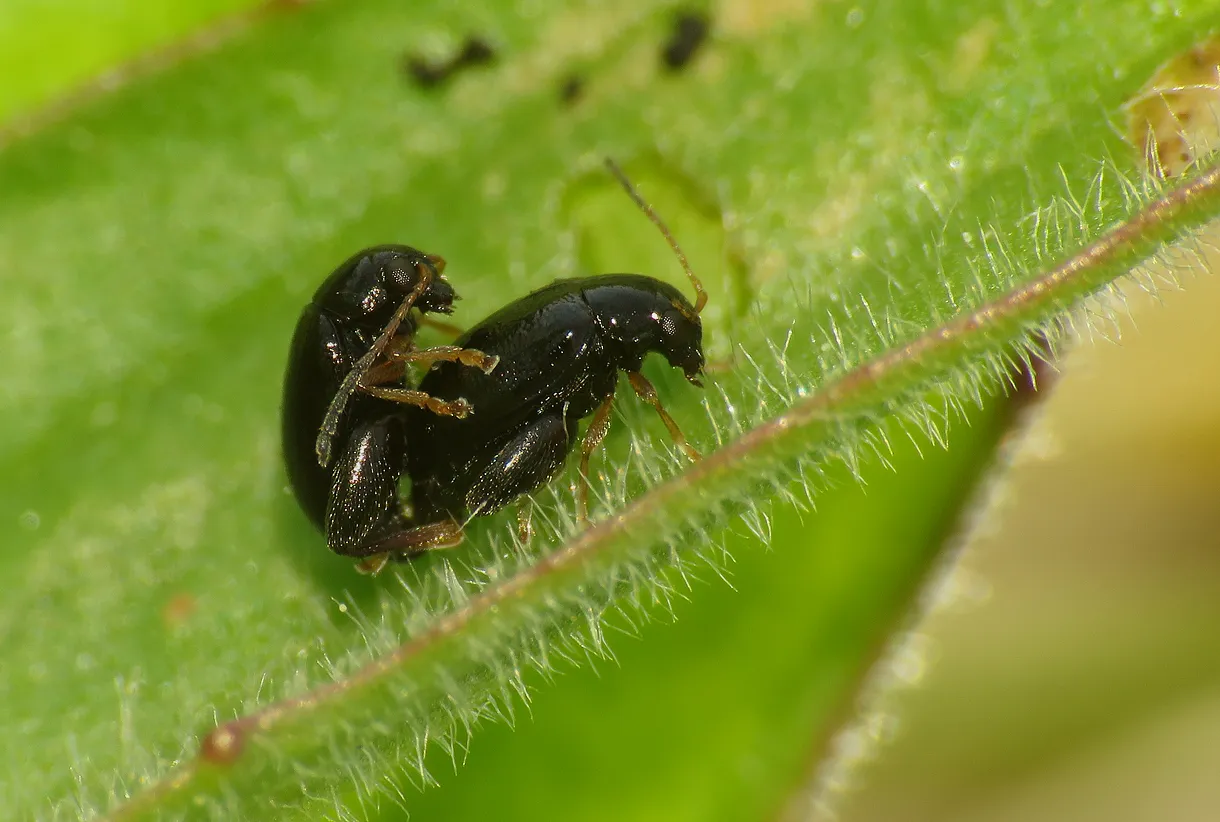
Here you can see a mating pair of these minuscule jumpers.
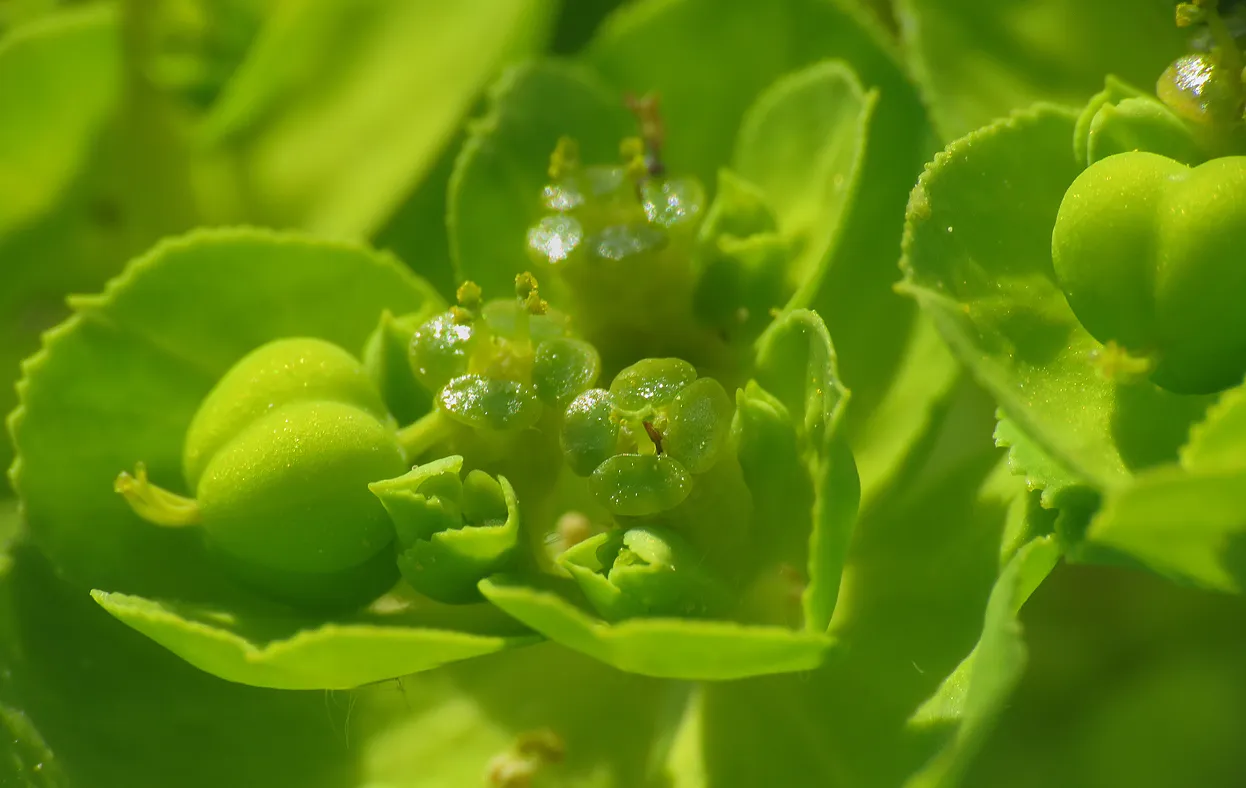
On this photograph, taken using only natural light, you can see the glittering of nectar on the Euphorbia helioscopia, the main protagonist of today's news. A good part of the post will continue to revolve around this plant.
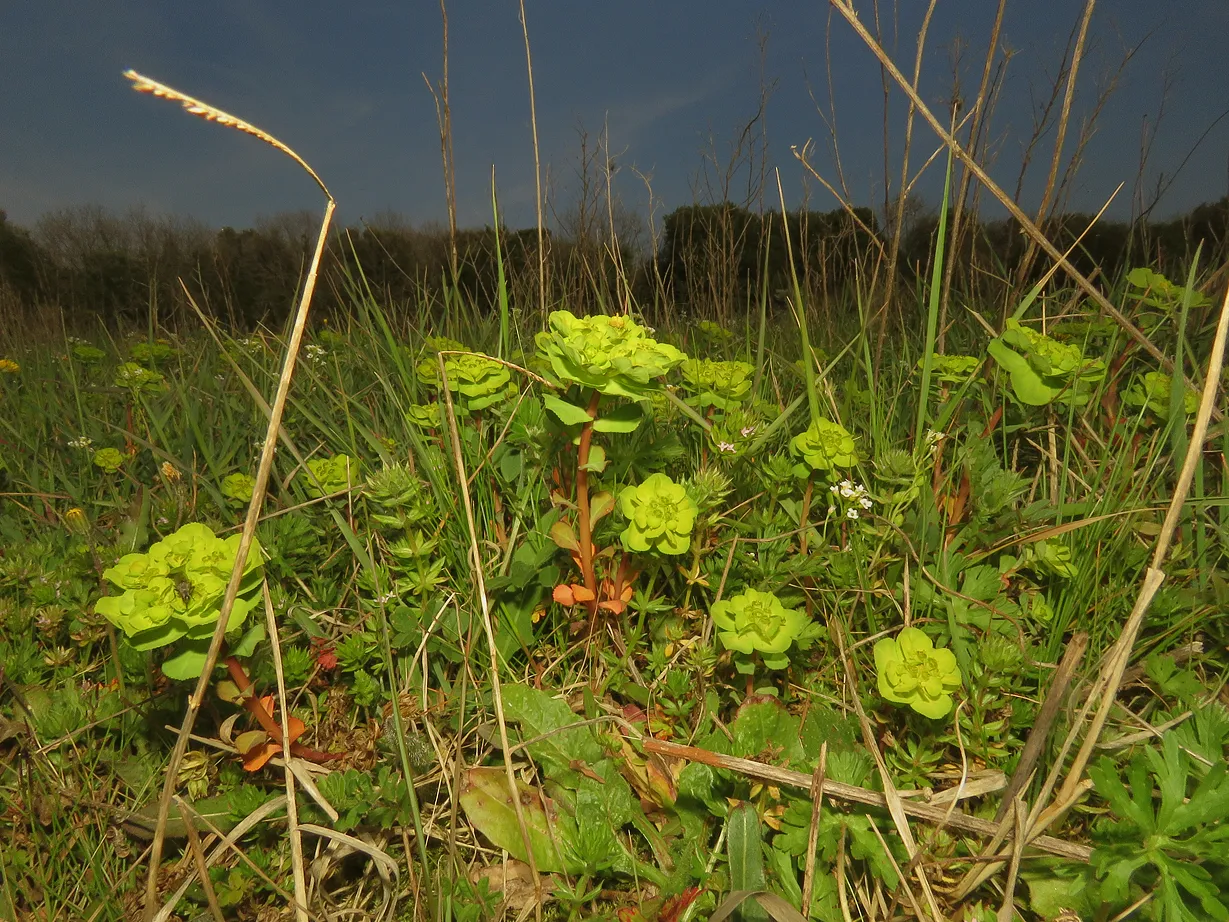
Here you can see it in a wider view, that shows a bit of landscape.
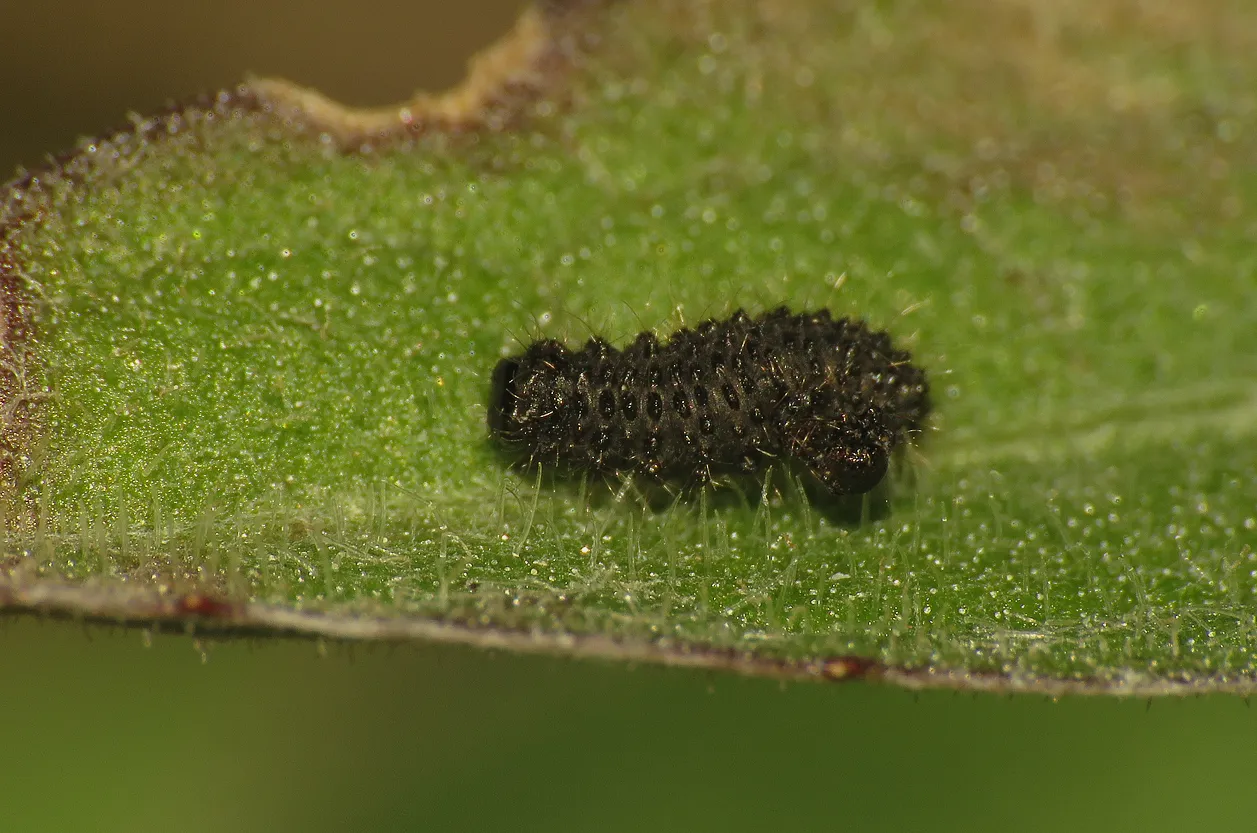
Here you can see the Flea beetle larva that has just finished molting.
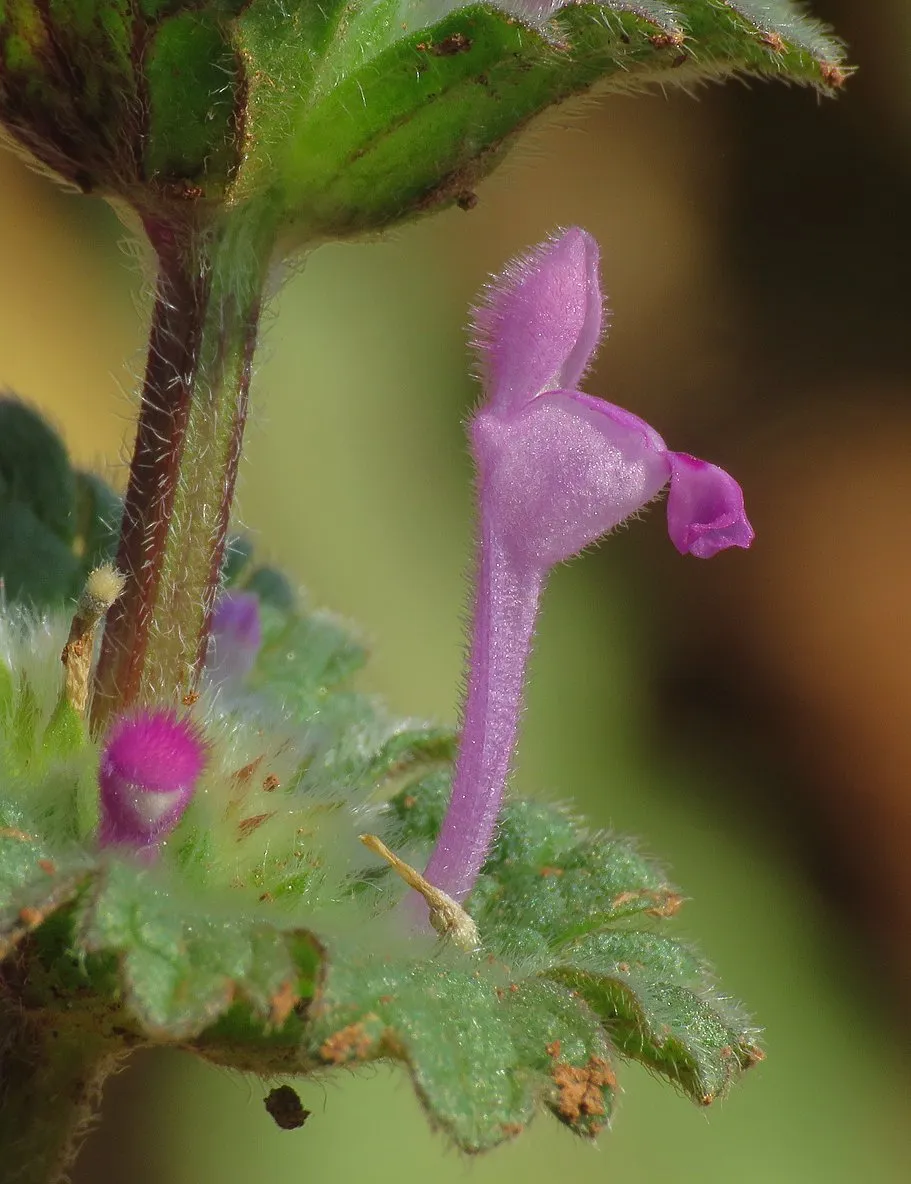
To take a little break from the Euphorbia helioscopia ...
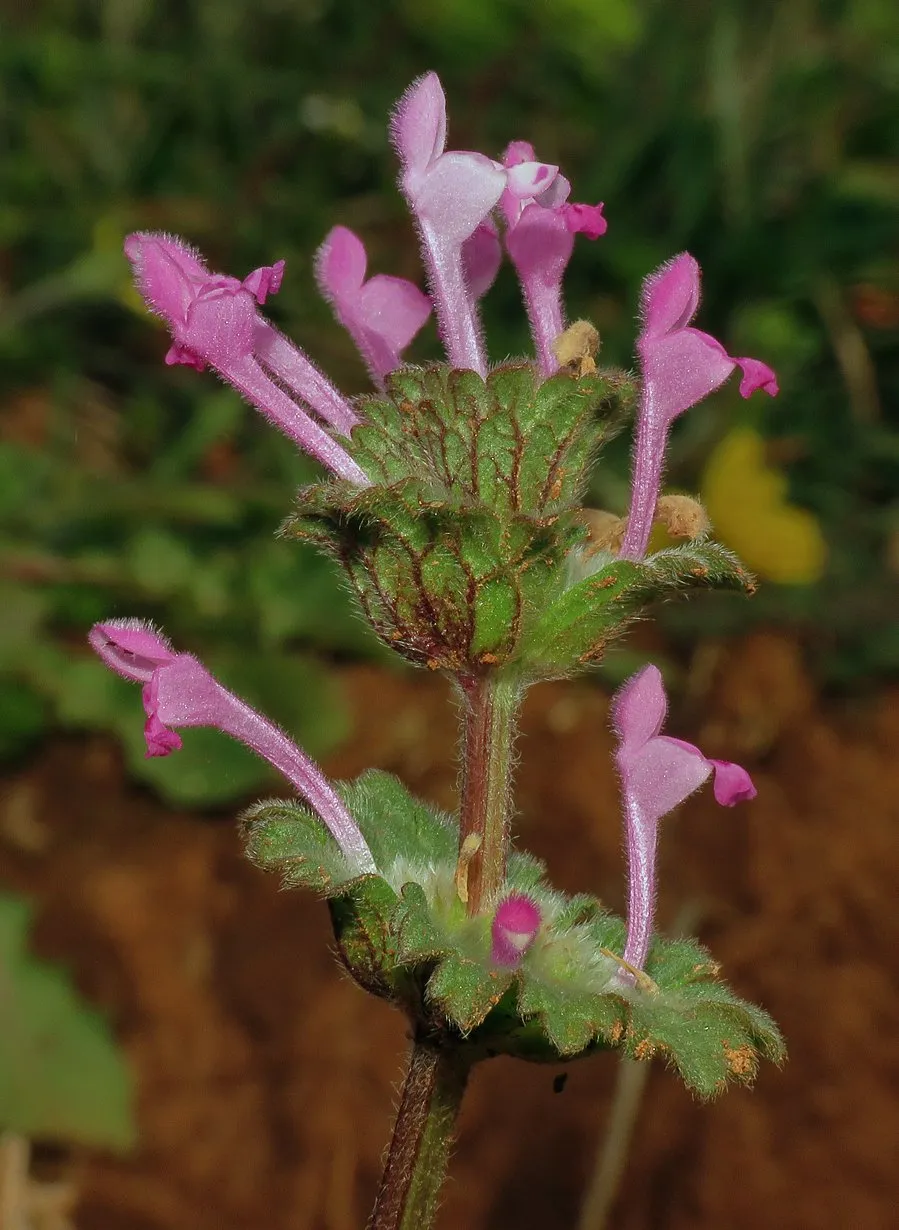
... I decided to talk about some other plants in this middle - section of the post. This is the Lamium amplexicaule, commonly known as Henbit dead-nettle ... native to this Mediterranean region, but currently widespread in many other parts of the world.
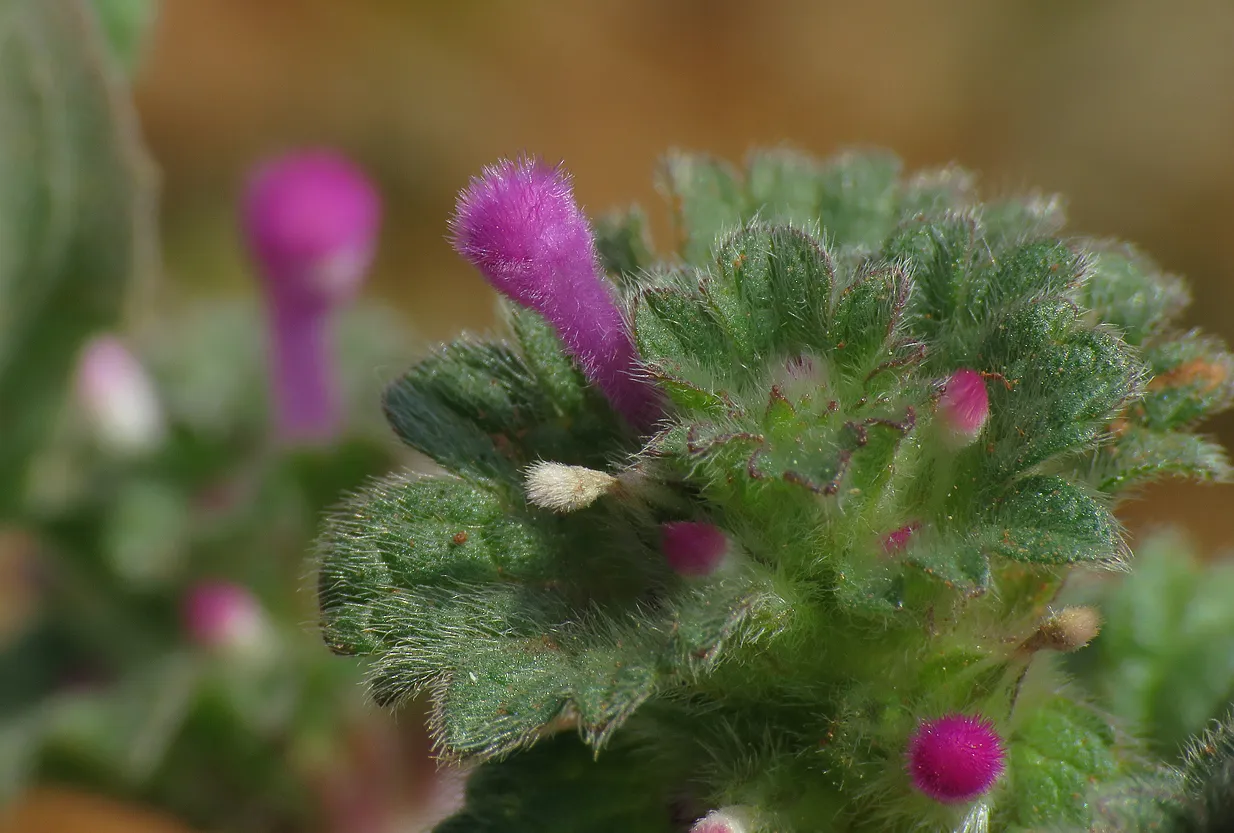
The fuzzy buds that will soon become interestingly shaped flowers are extremely lovely in macro view ...

... so I had to take a few cutesy shots.

Taking this shot that shows the plant in natural light also seemed like a good idea.
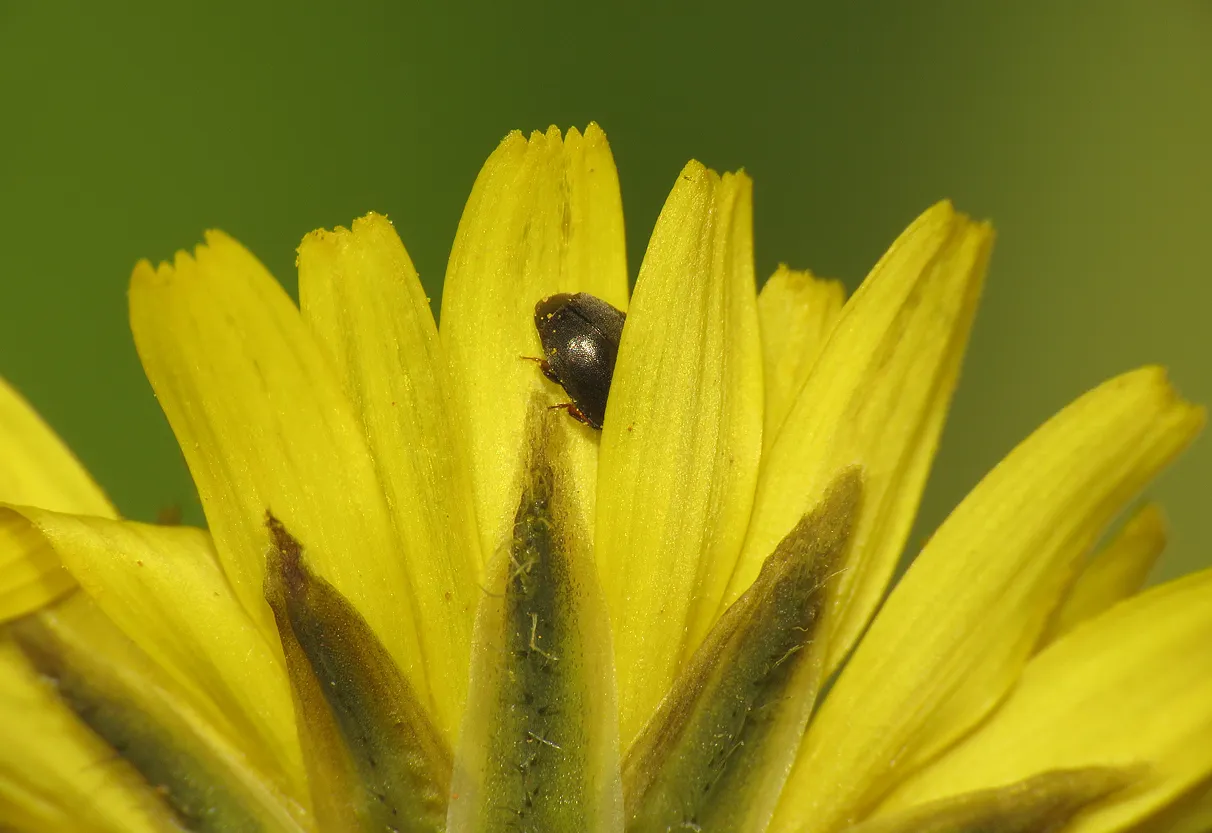
Here you can partially see the small Brassicogethes aeneus pollen beetle, partially hidden behind a yellow petal of the Hypochaeris radicata flower.
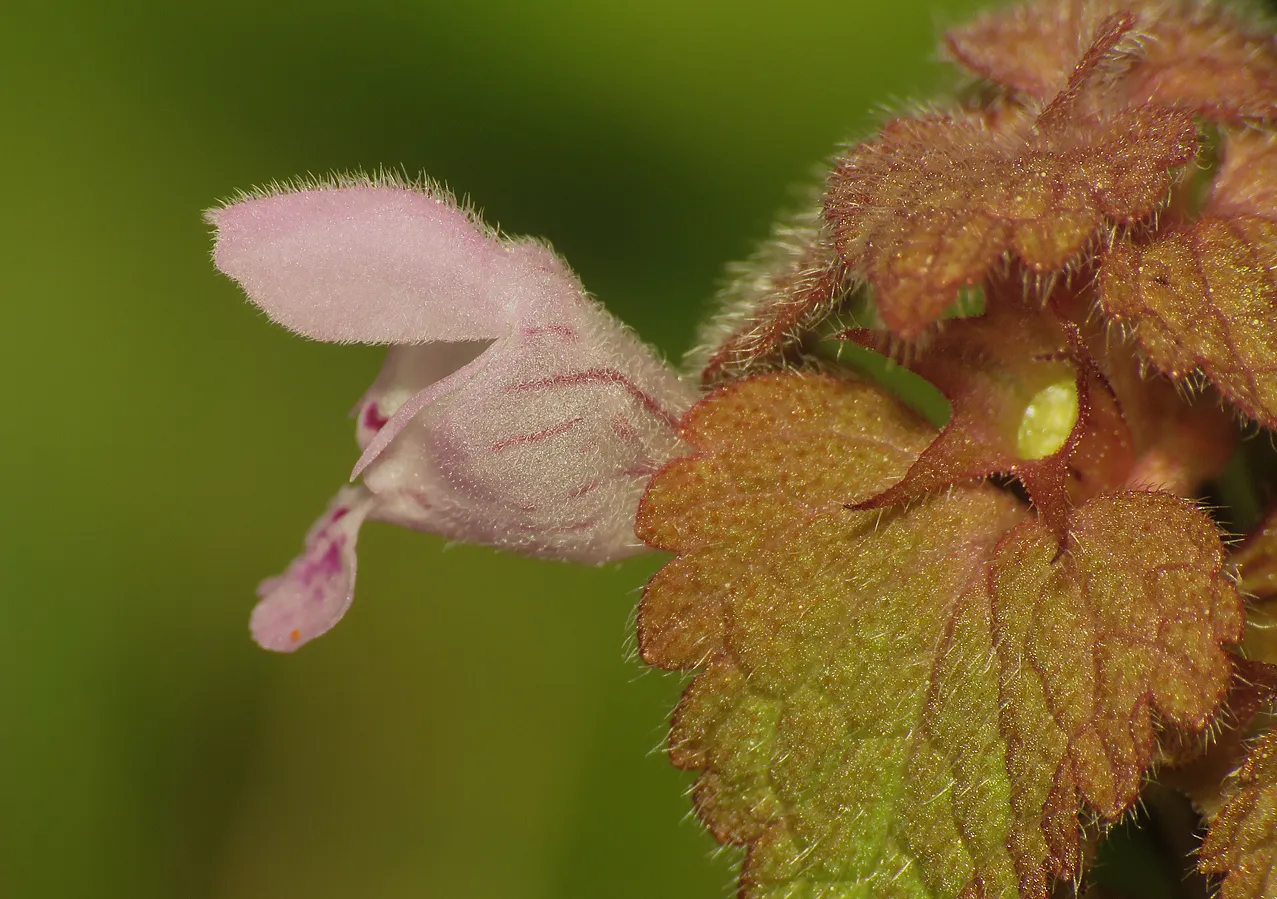
This is the flower of the Purple dead-nettle (Lamium purpureum) plant.
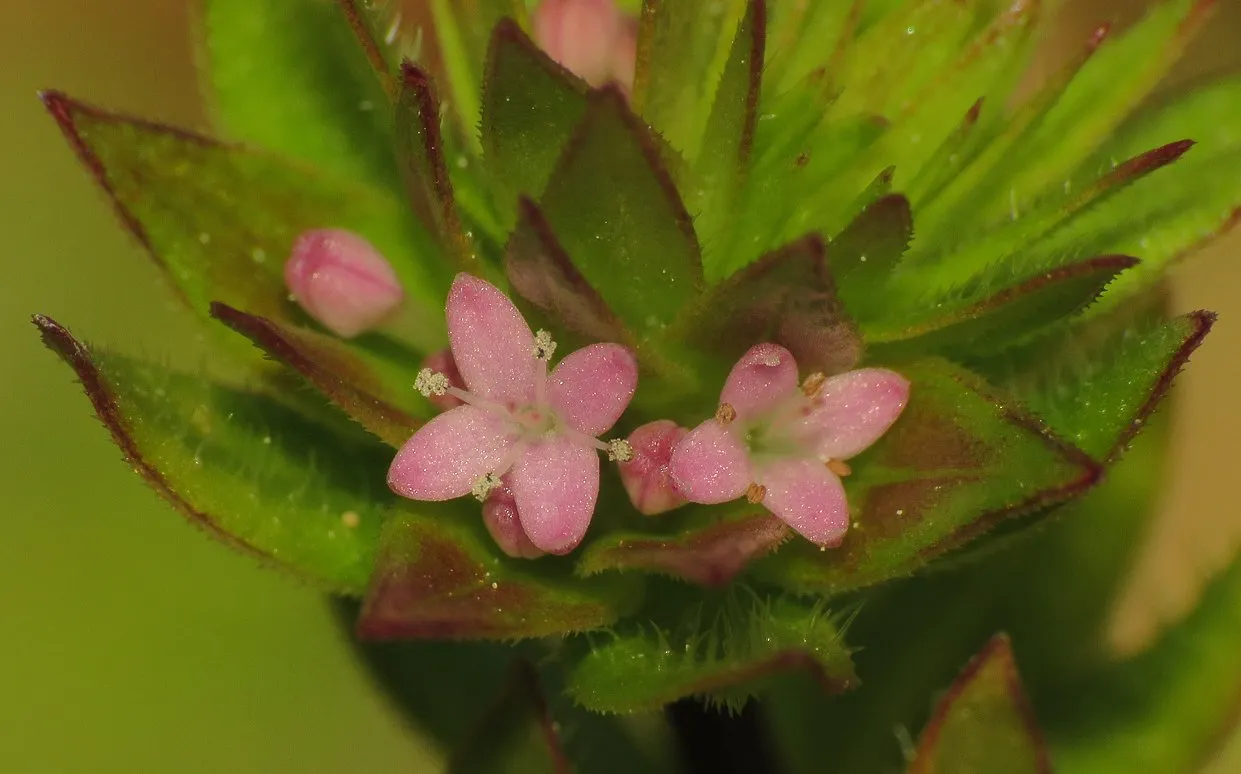
Here you can see the tiny flowers of the Sherardia arvensis plant.

This is the just slightly bigger, Veronica persica flower.
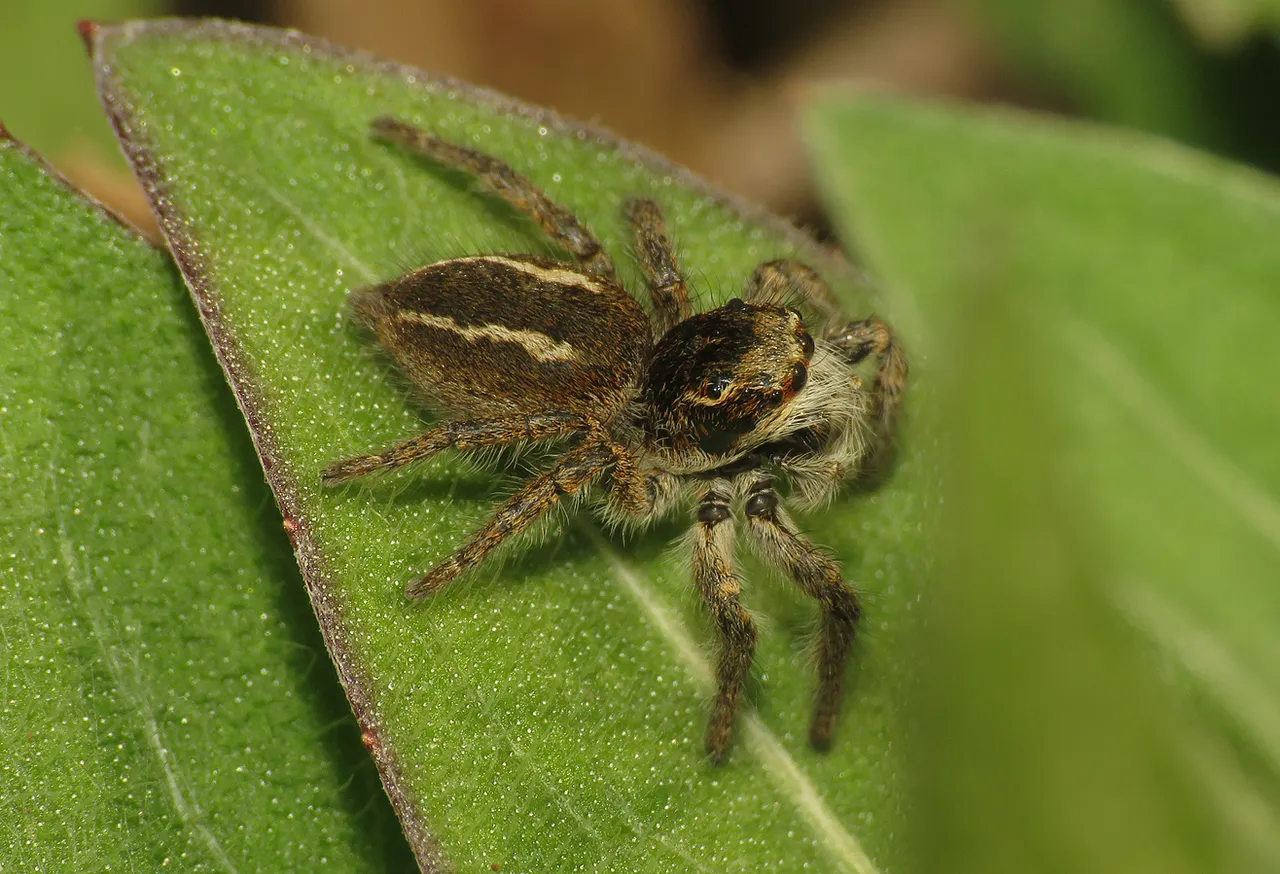
This jumping spider is resting on the relatively large leaves of the Centaurea nigra plant.
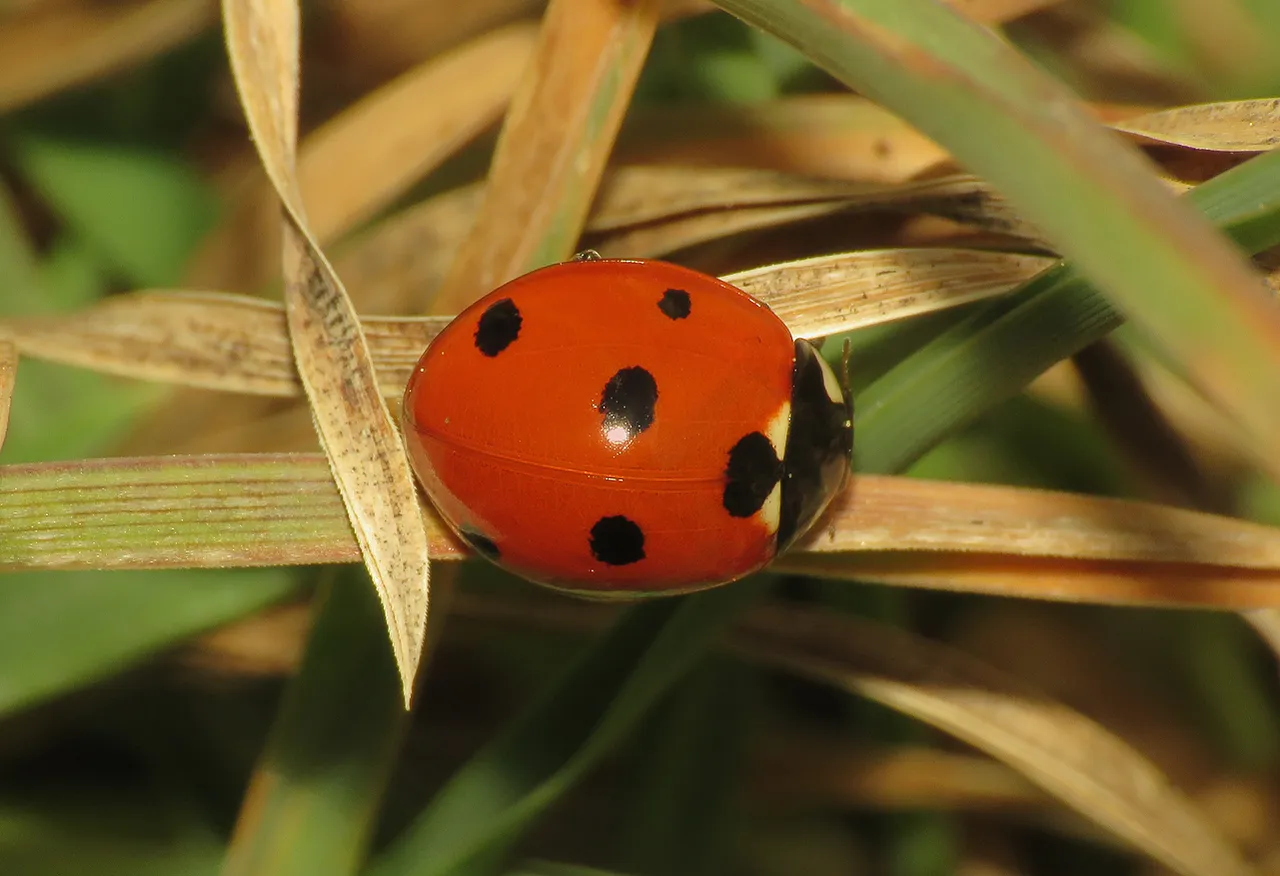
This lady beetle is resting on the narrow leaves of some very common grass.
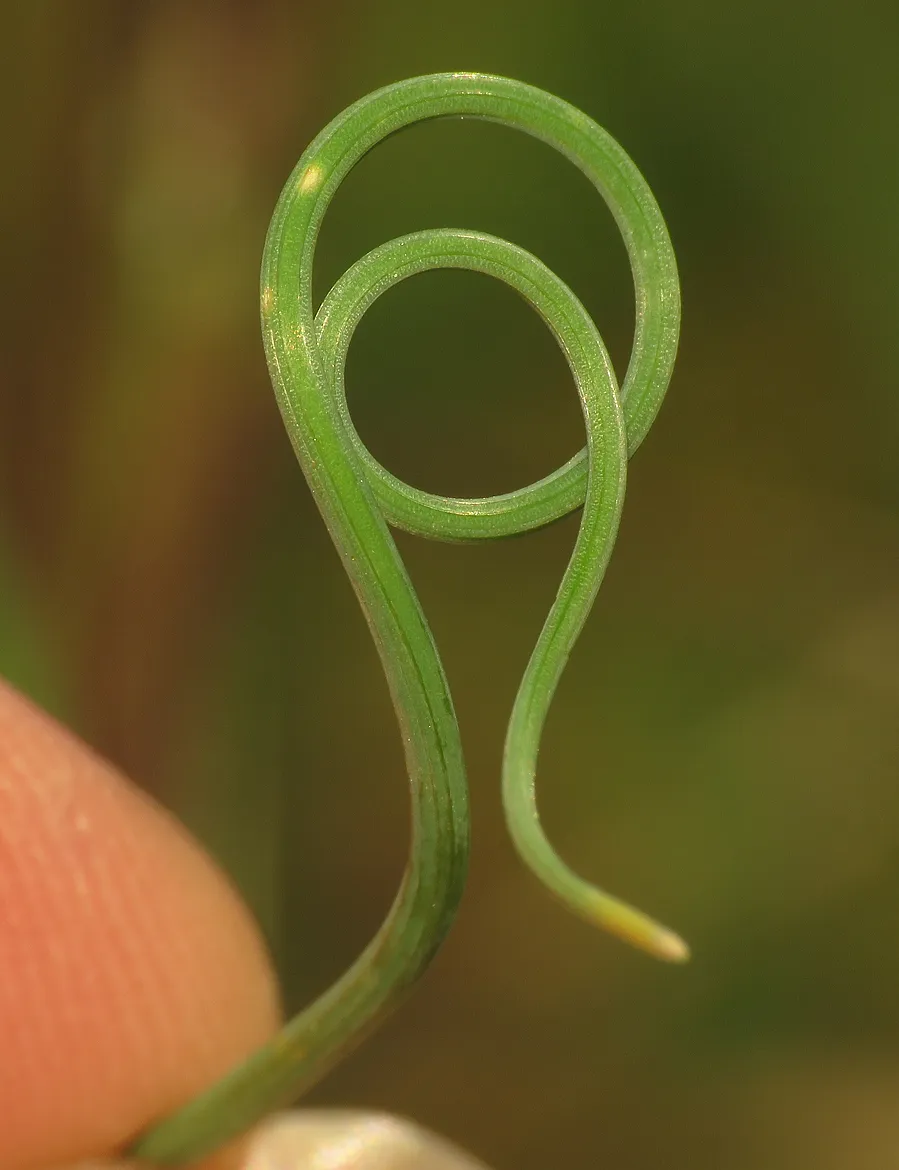
Here I'm holding an interestingly shaped young sprout of some currently unidentified plant, and with the following photograph ...
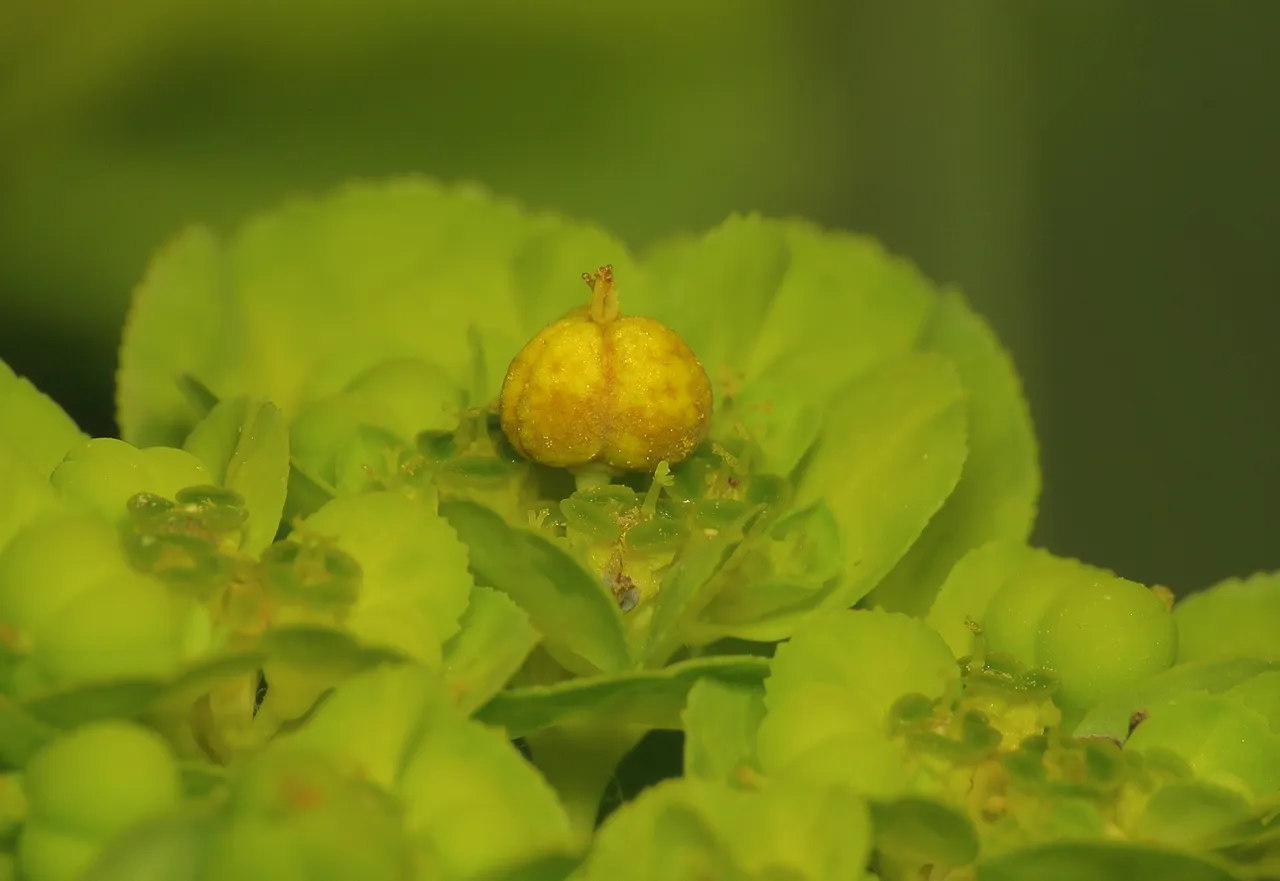
... the focus is on the Euphorbia helioscopia again.

Here you can see the fruit surrounded by tiny flowering parts.
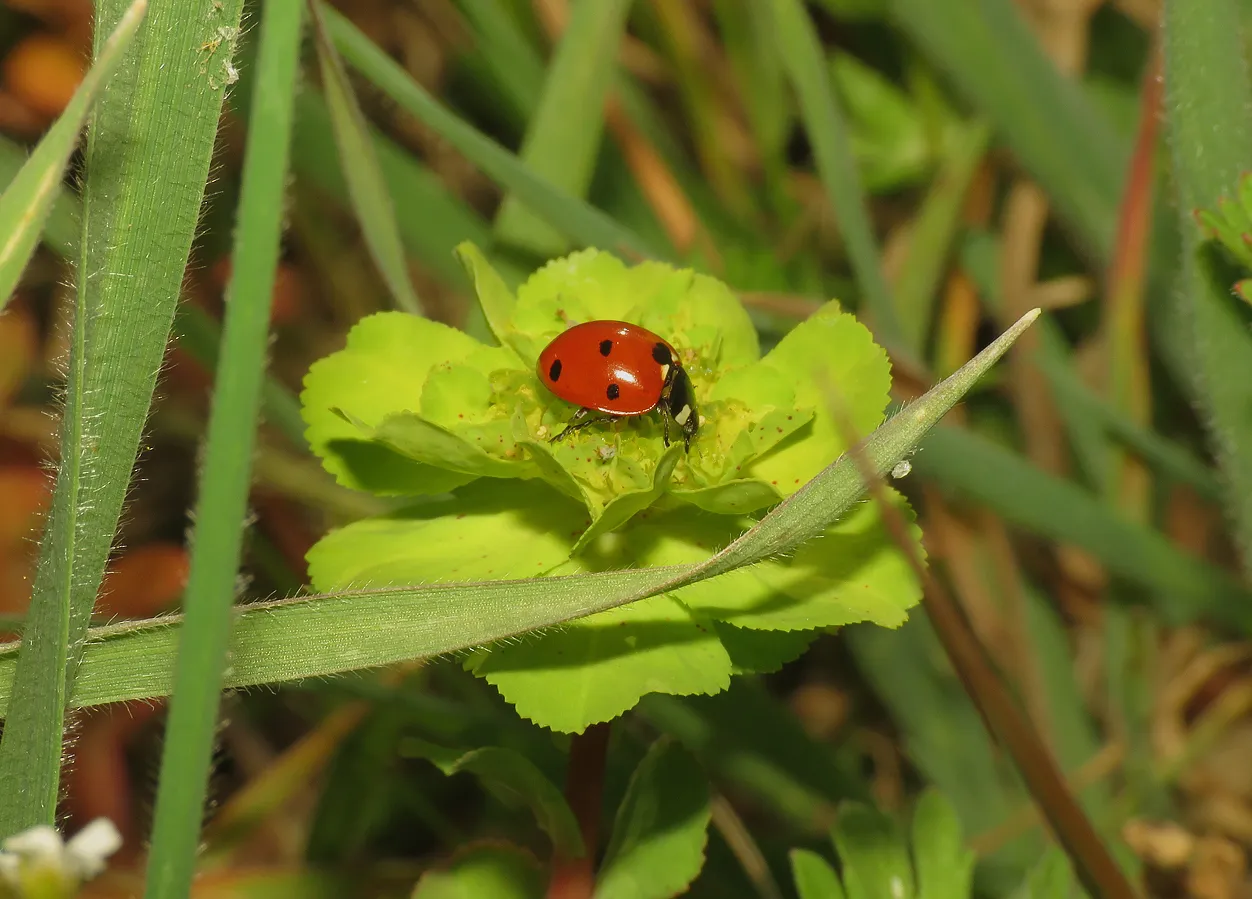
I noticed many Coccinella septempunctata on my walk around the meadow ...
... almost each Euphorbia plant had one on its top ...
... and when I took a better look through the macro lens, there was no doubt that some of those lady beetles were feeding on something there ... but I didn't see any aphids nor insect eggs, nothing for a carnivore like lady beetle. Is it possible that they were feeding on pollen or some similar vegan food? I checked a bit on the internet ...
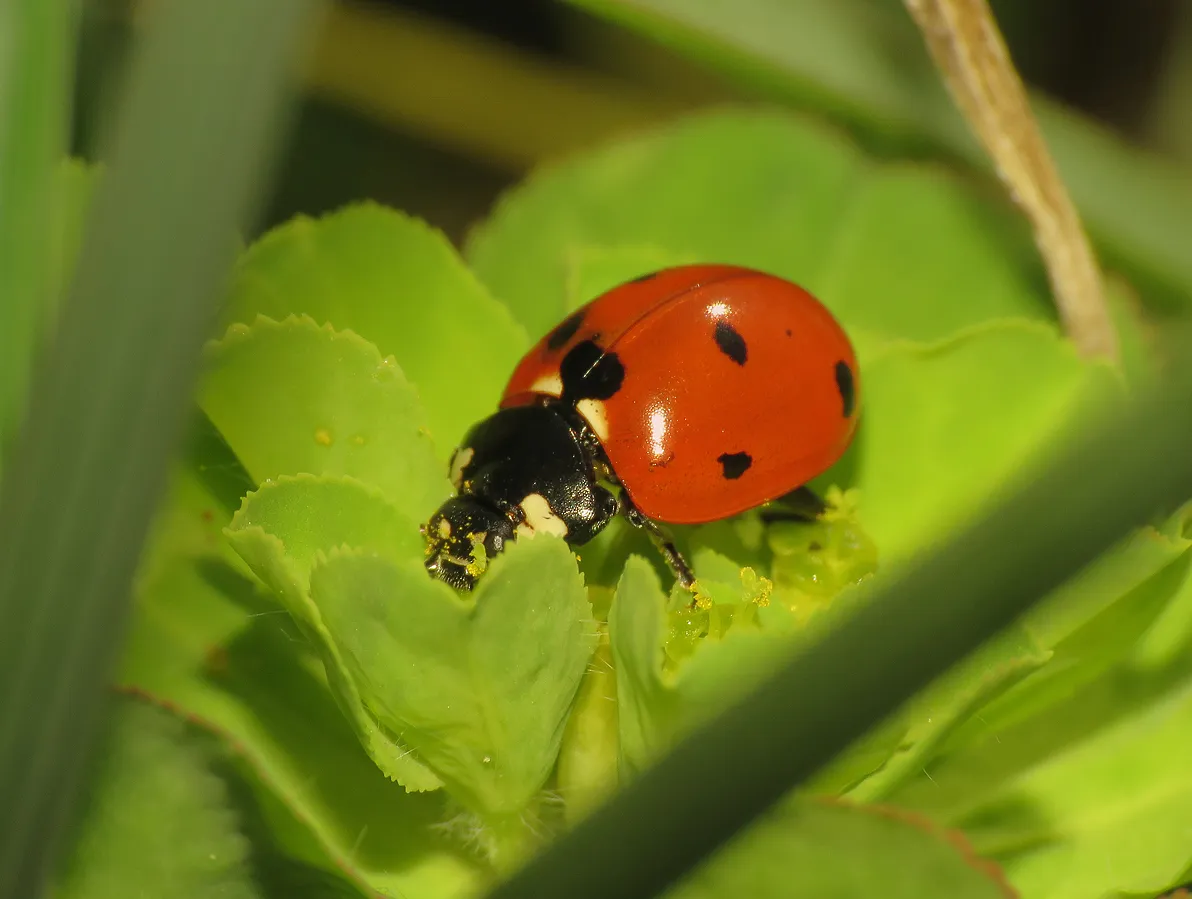
... and I found out that adults of this species indeed do occasionally feed on pollen, nectar and spores of fungi. Here is the link to the source of this knowledge ...
https://www.eje.cz/pdfs/eje/2005/03/29.pdf
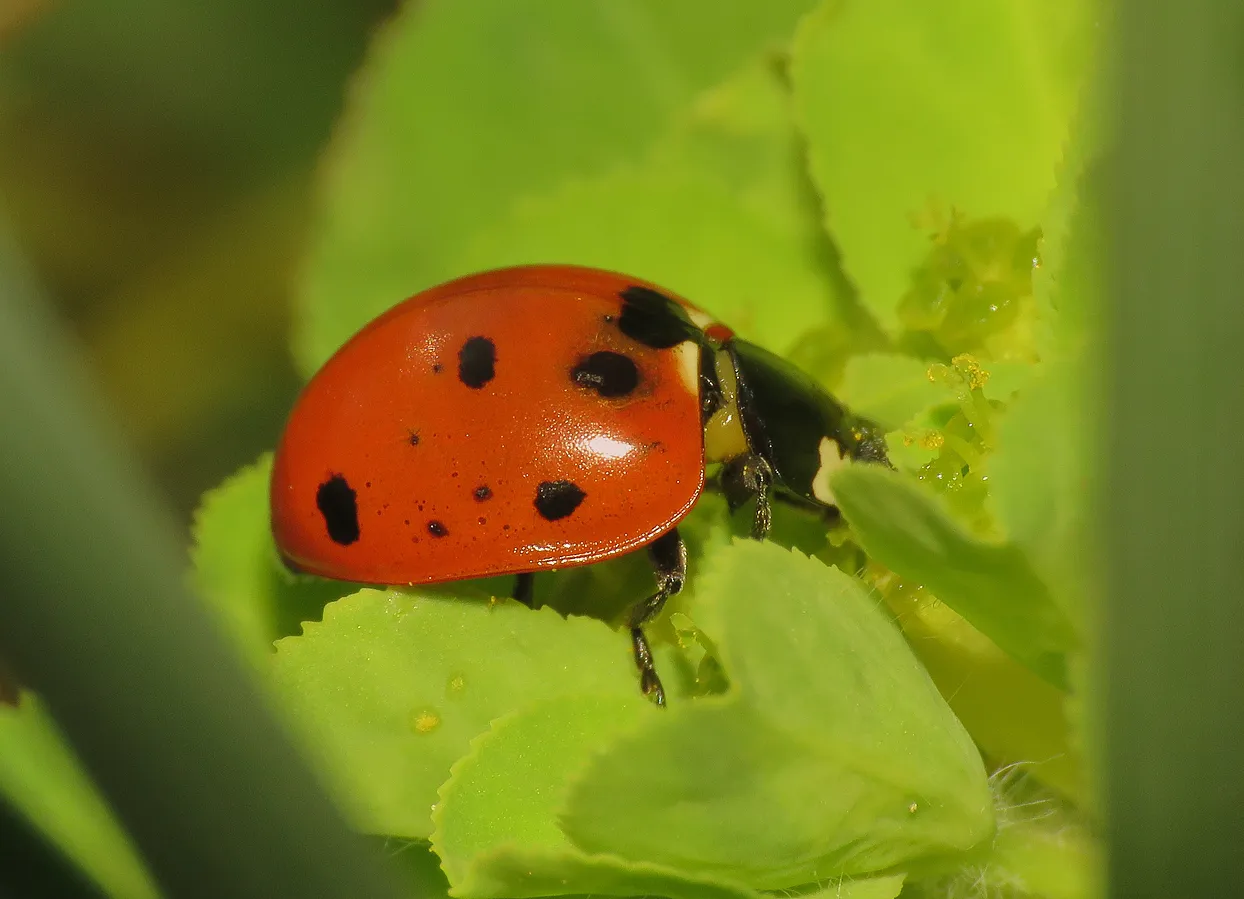
Observing this behavior was very interesting ...
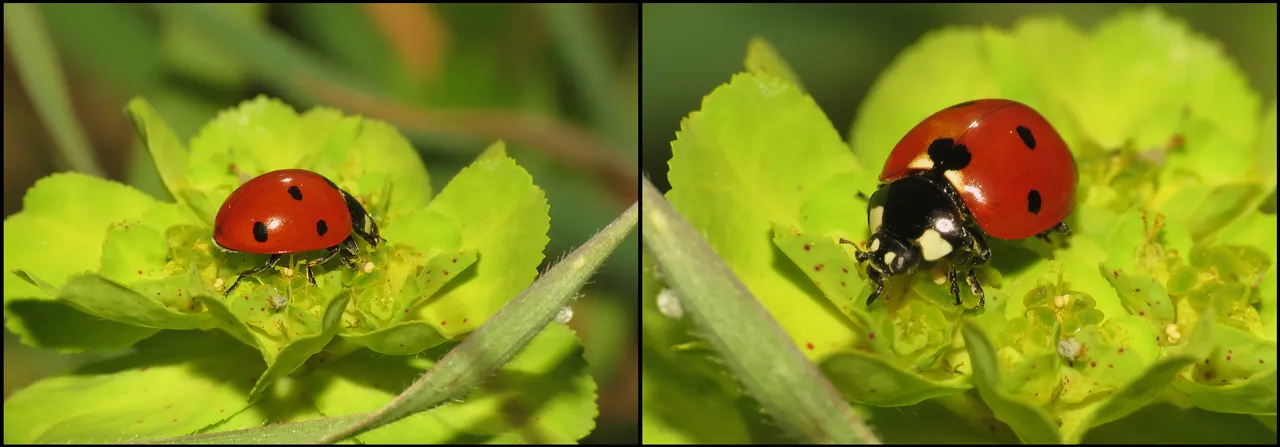
... and I took quite a few shots.
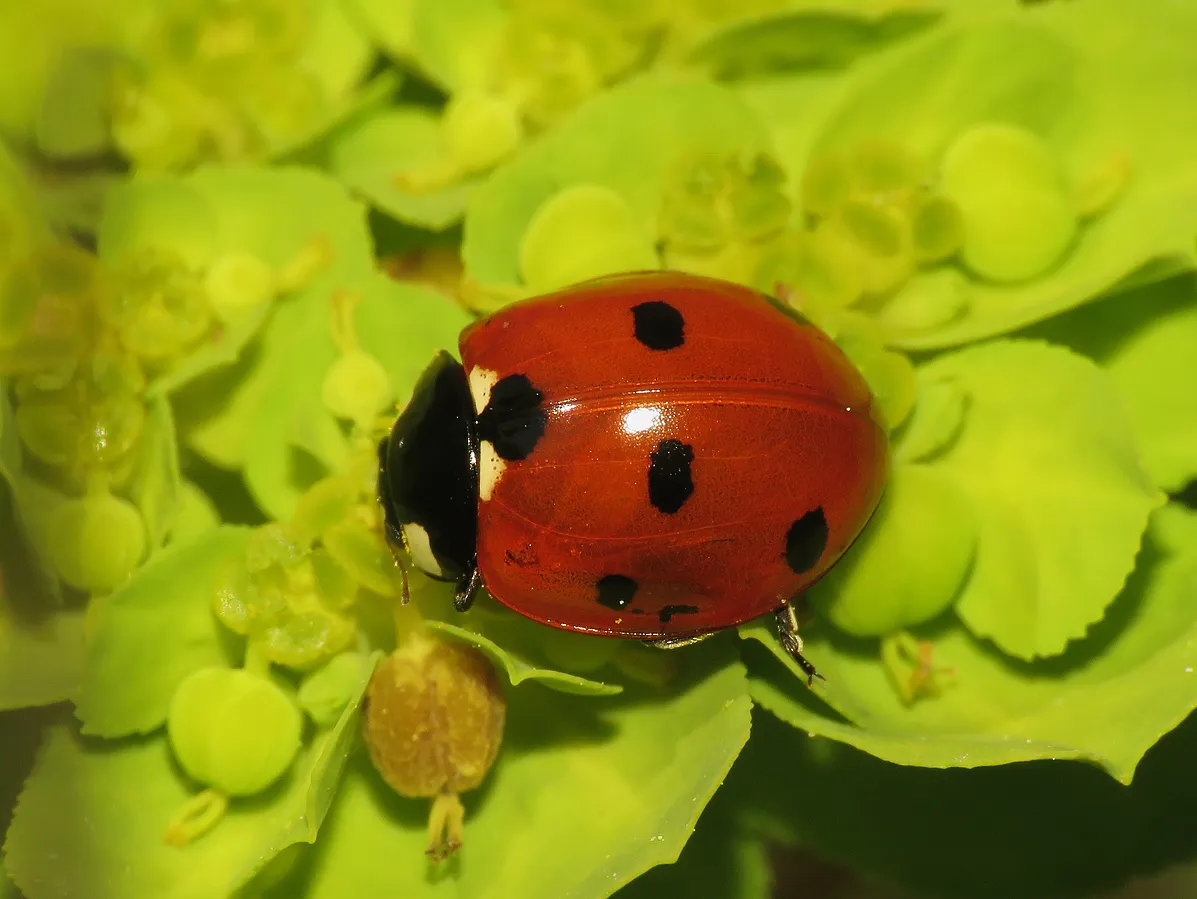
Here you can take a look from above ...
... and here you can see the lady beetle running.
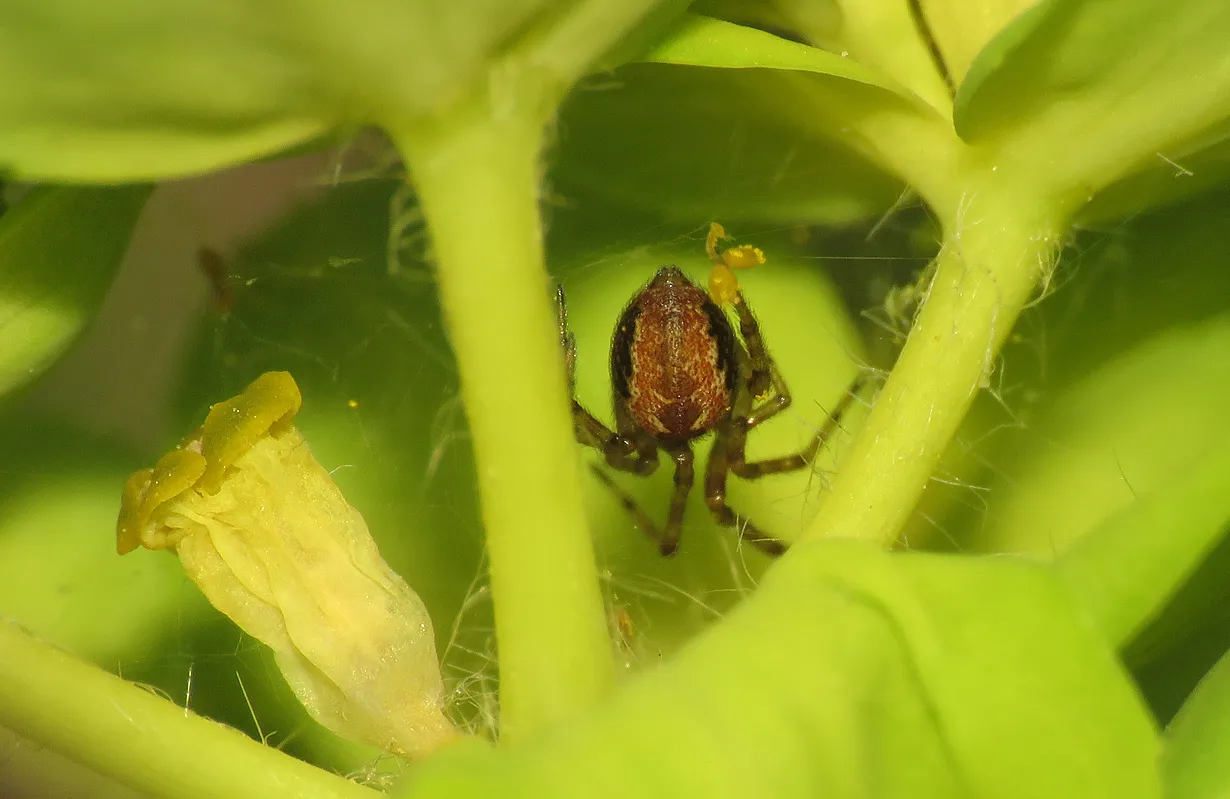
This minuscule spider has made his home in the intricate labyrinth just under the top of the plant where the insects were feeding ...

... it was pretty hard to light the scene properly so that everything in this dense little jungle near the top of Euphorbia is visible ...
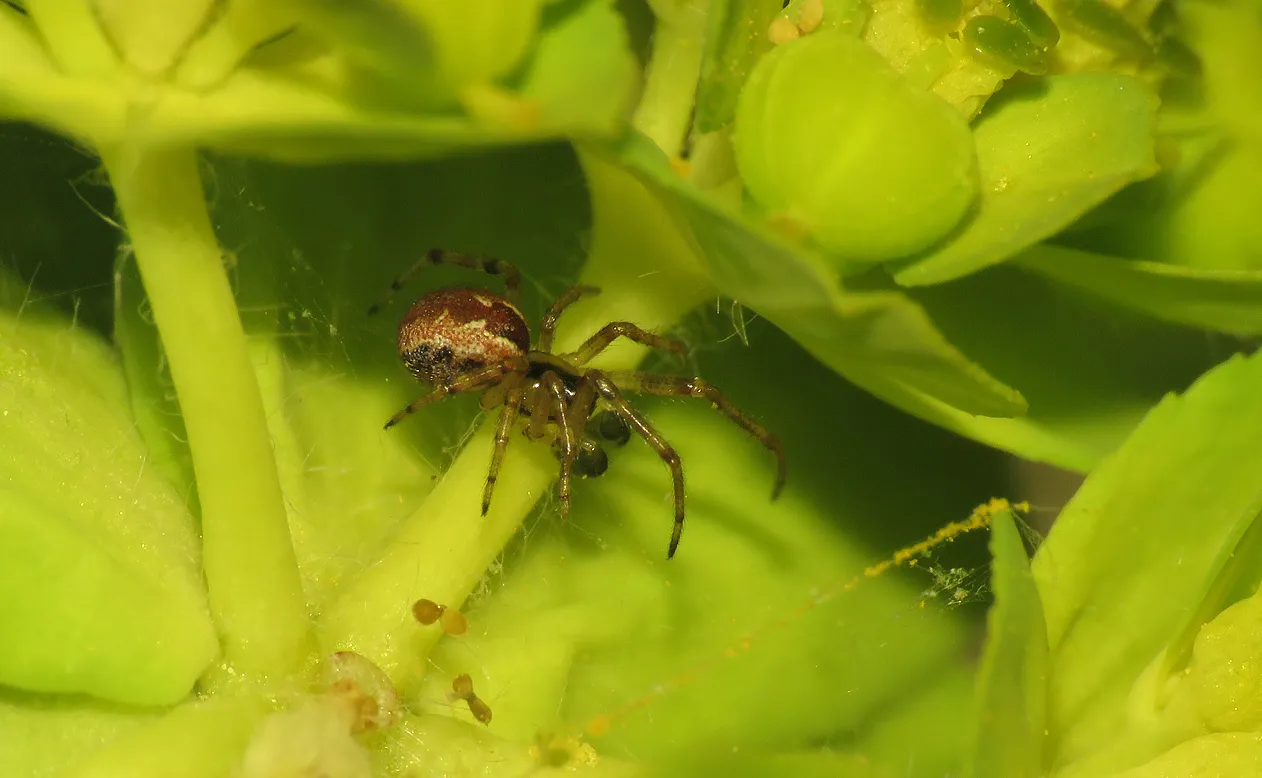
... it was an exciting peek into the hidden world of this little spider.
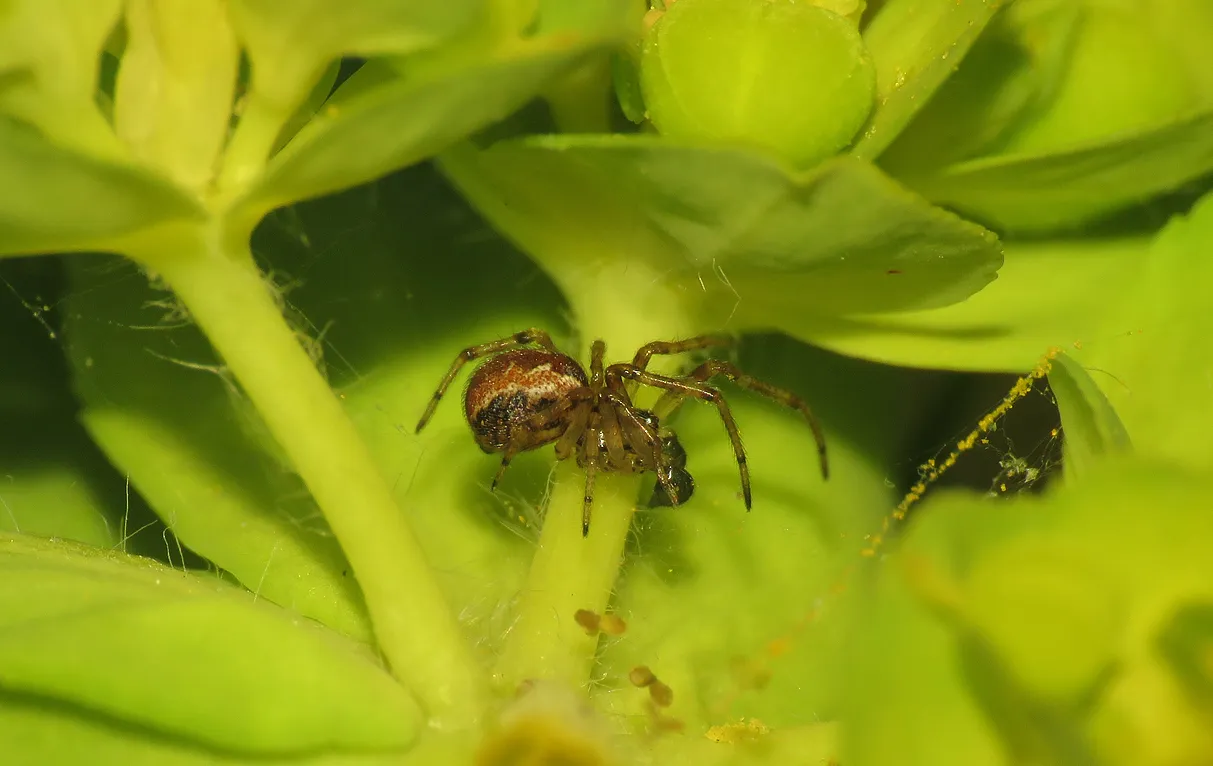
Kochiura aulica is the name of the species.

This is the Scathophaga stercoraria fly. The adults of this species prey mainly on smaller insects, mostly other Diptera ... but, they can also consume nectar and dung as additional sources of energy.
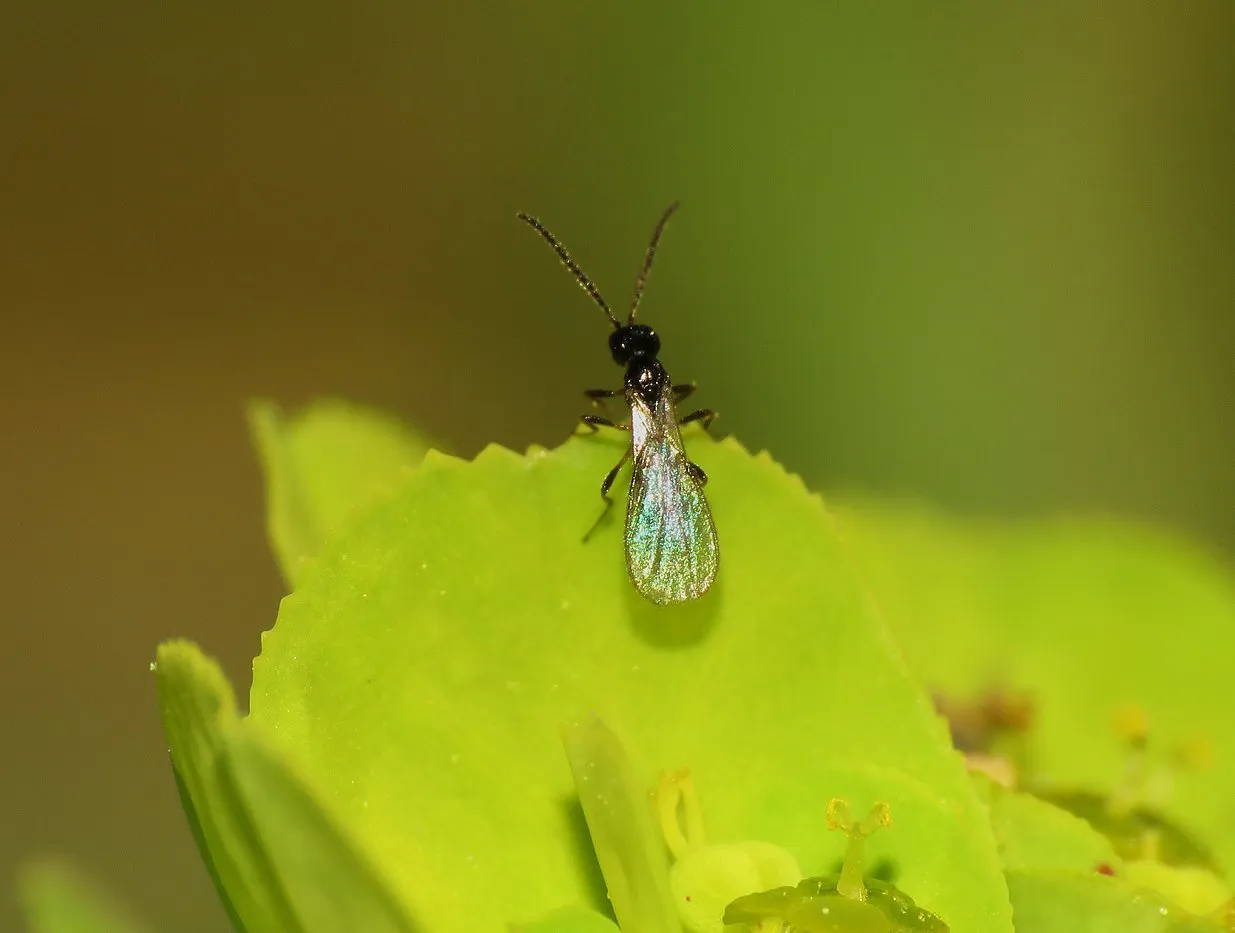
And now ... with this minuscule insect that I wasn't able to identify ...
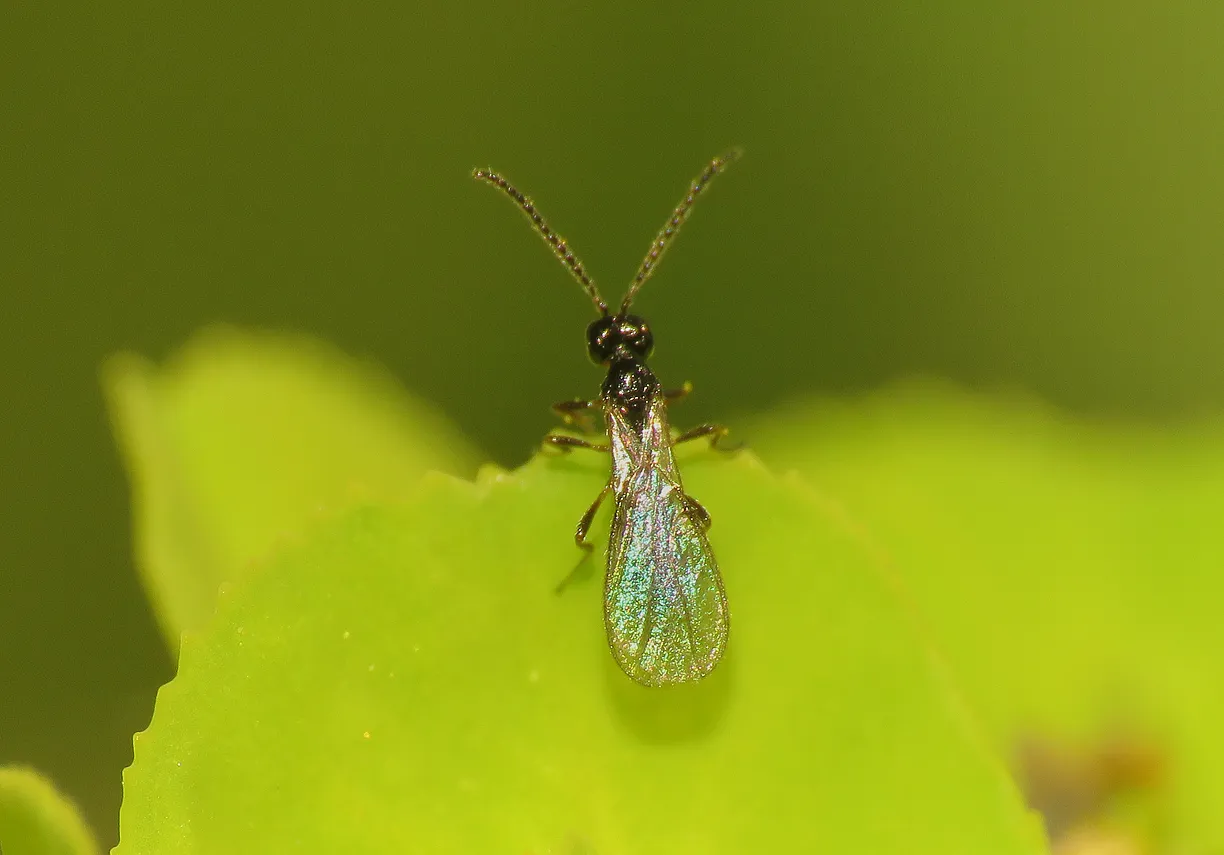
... it's time to finish this post ... finally ... because I'm exhausted from the today's macro - safari and this late night writing and Internet searching ... it's half past one here, and all I can tell you is good night :)
As always in these MEADOW - NEWS posts, the photographs are my work, and they were all taken today ... I mean yesterday, on 2 April 2021.

